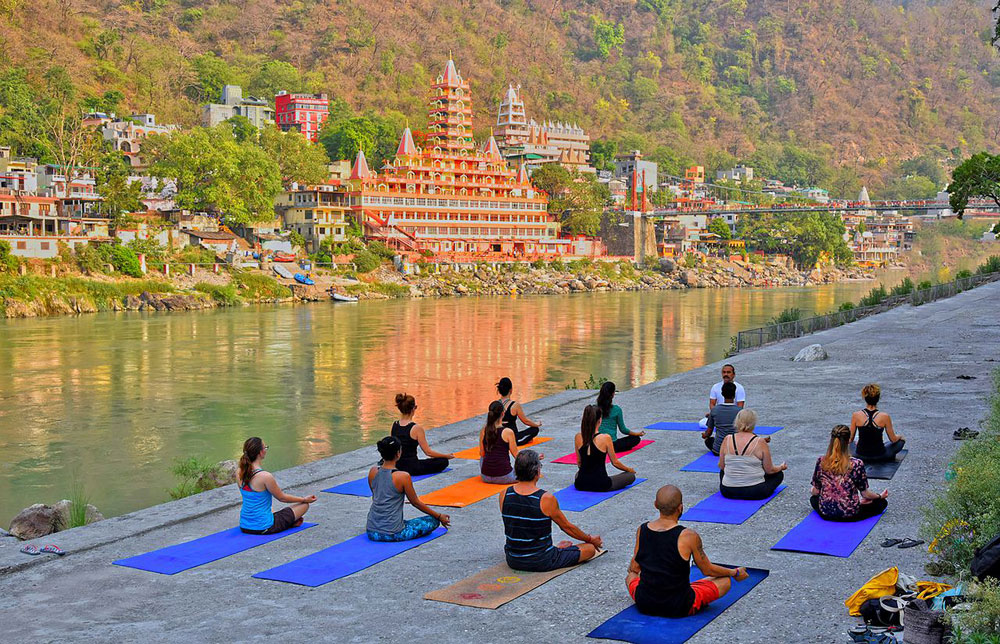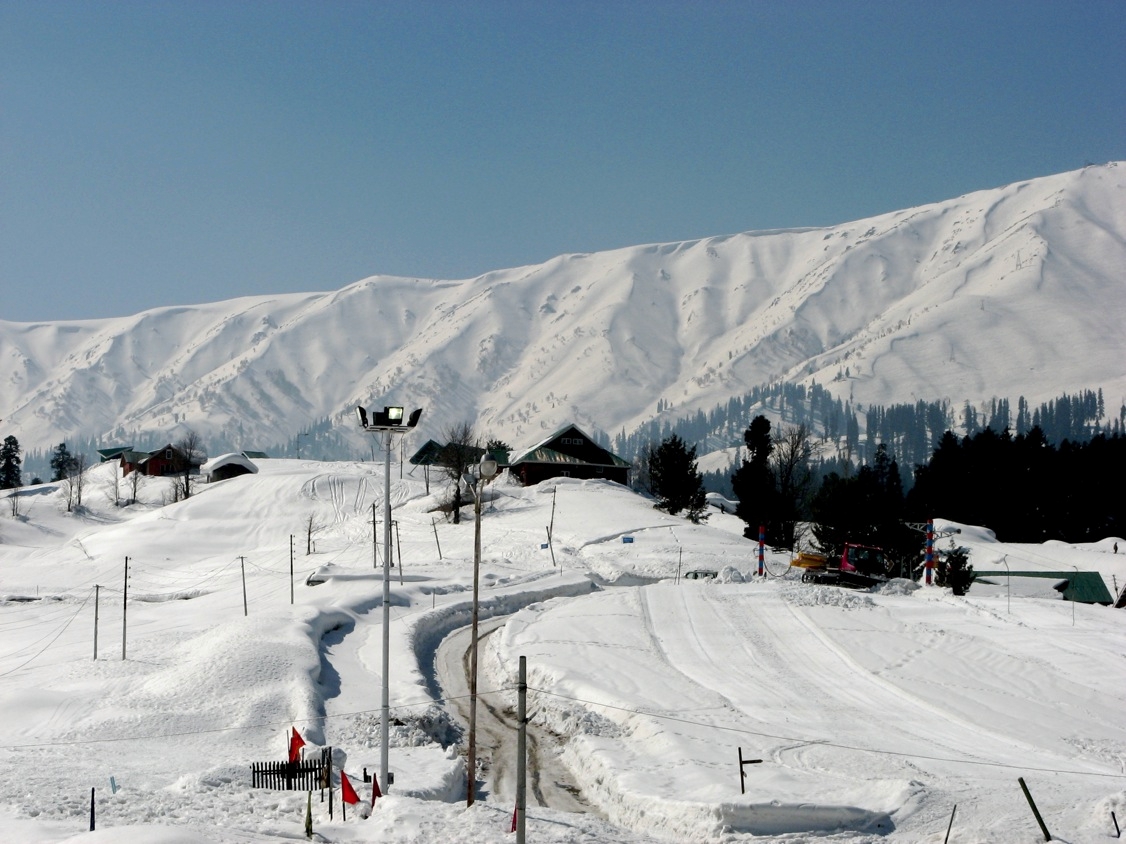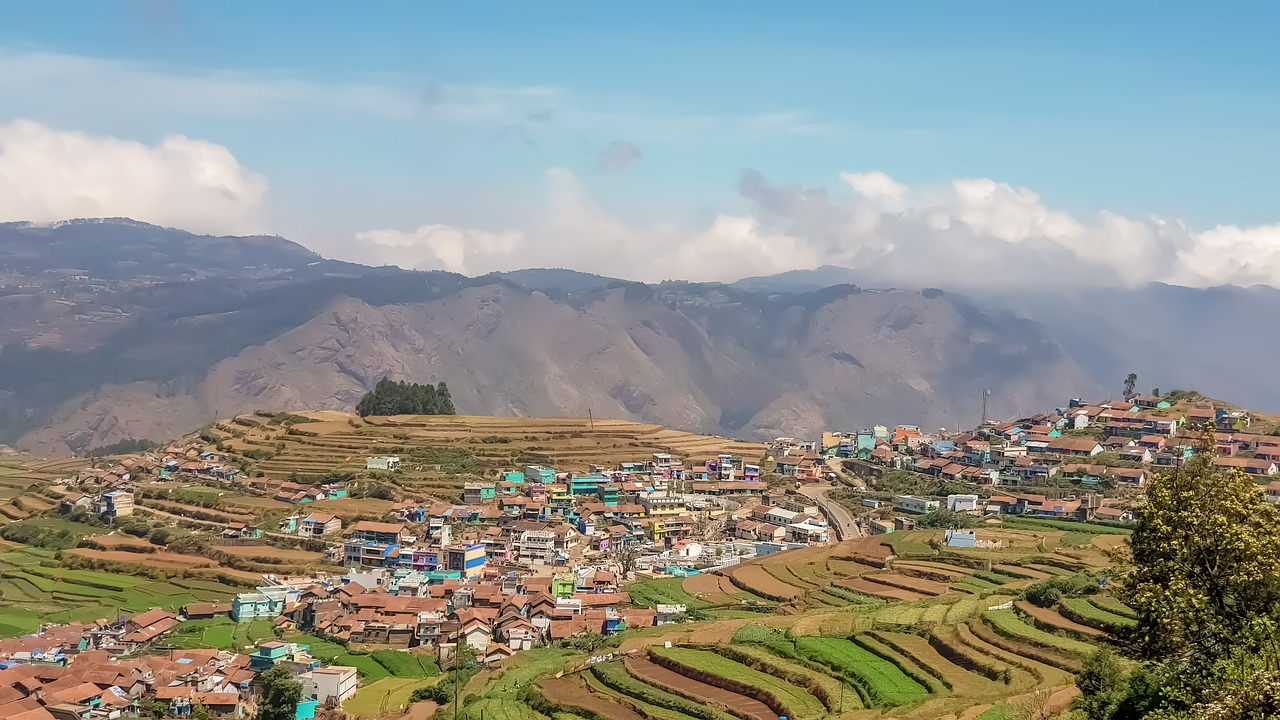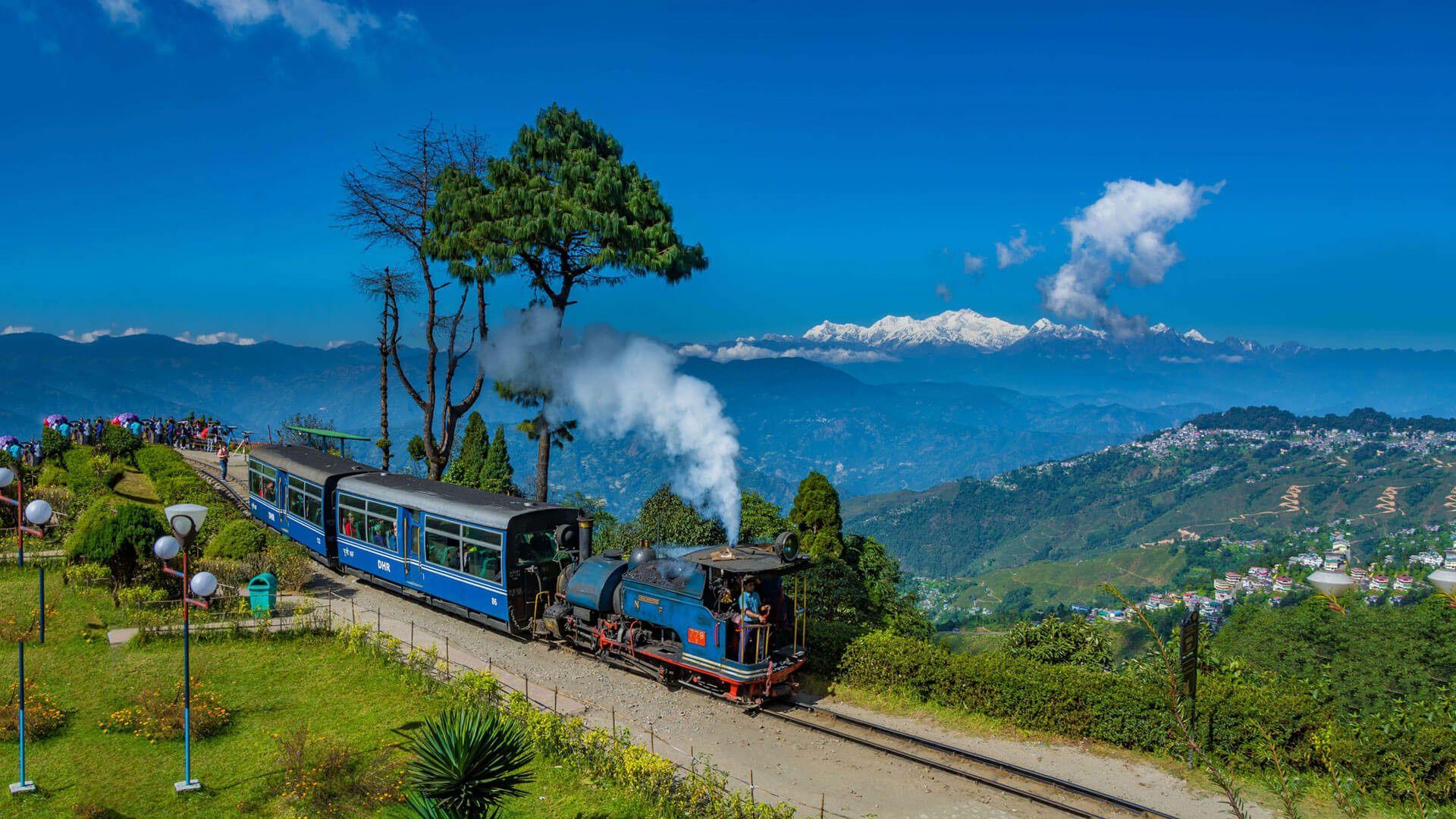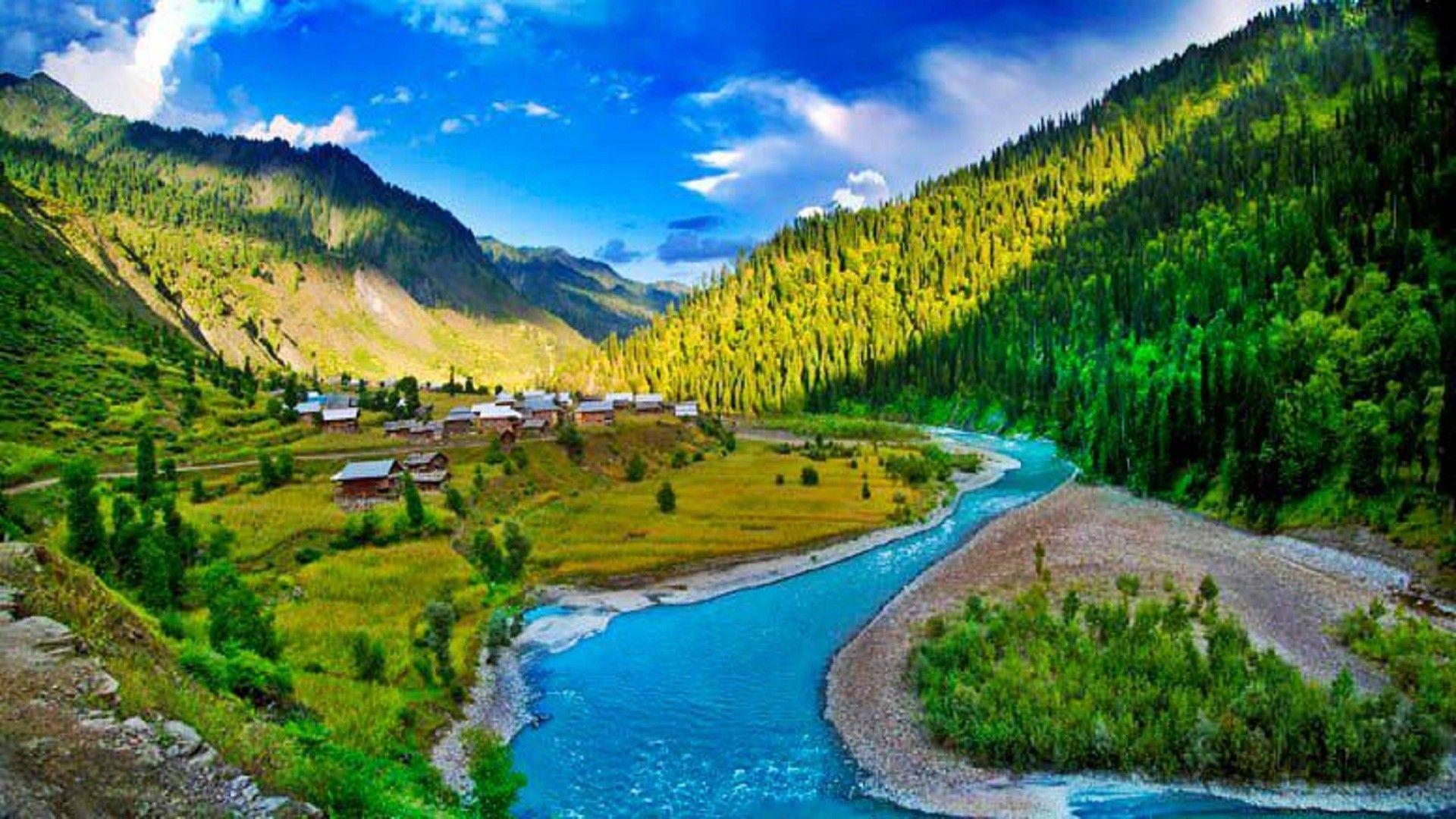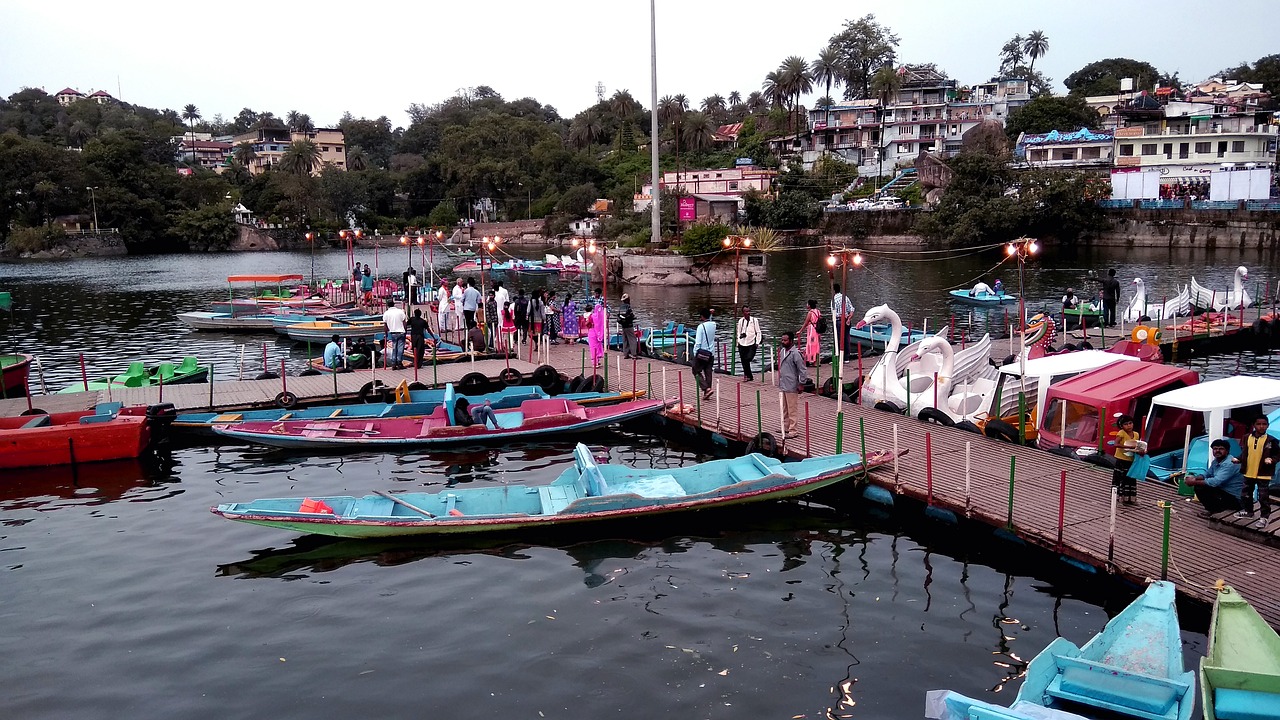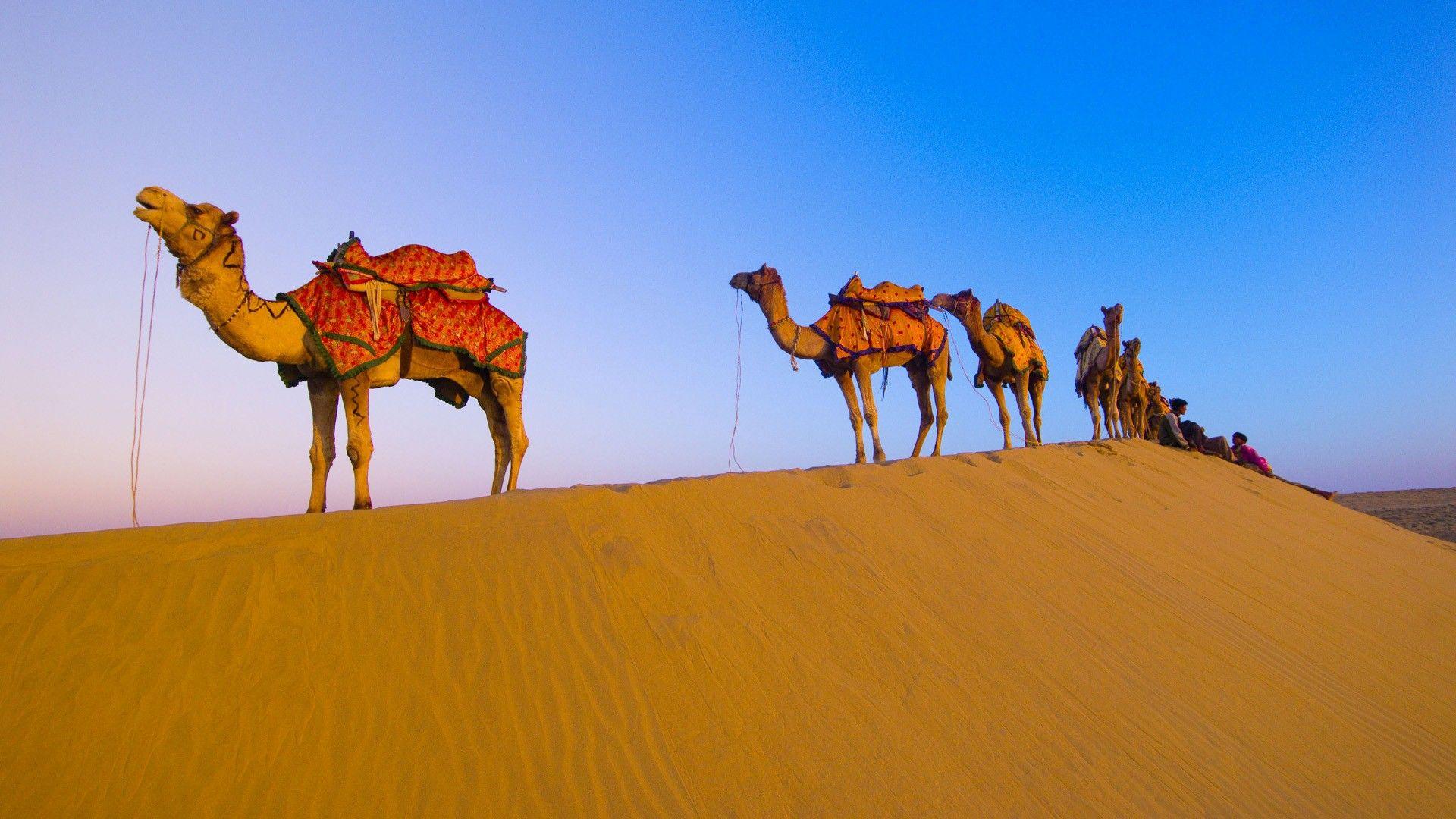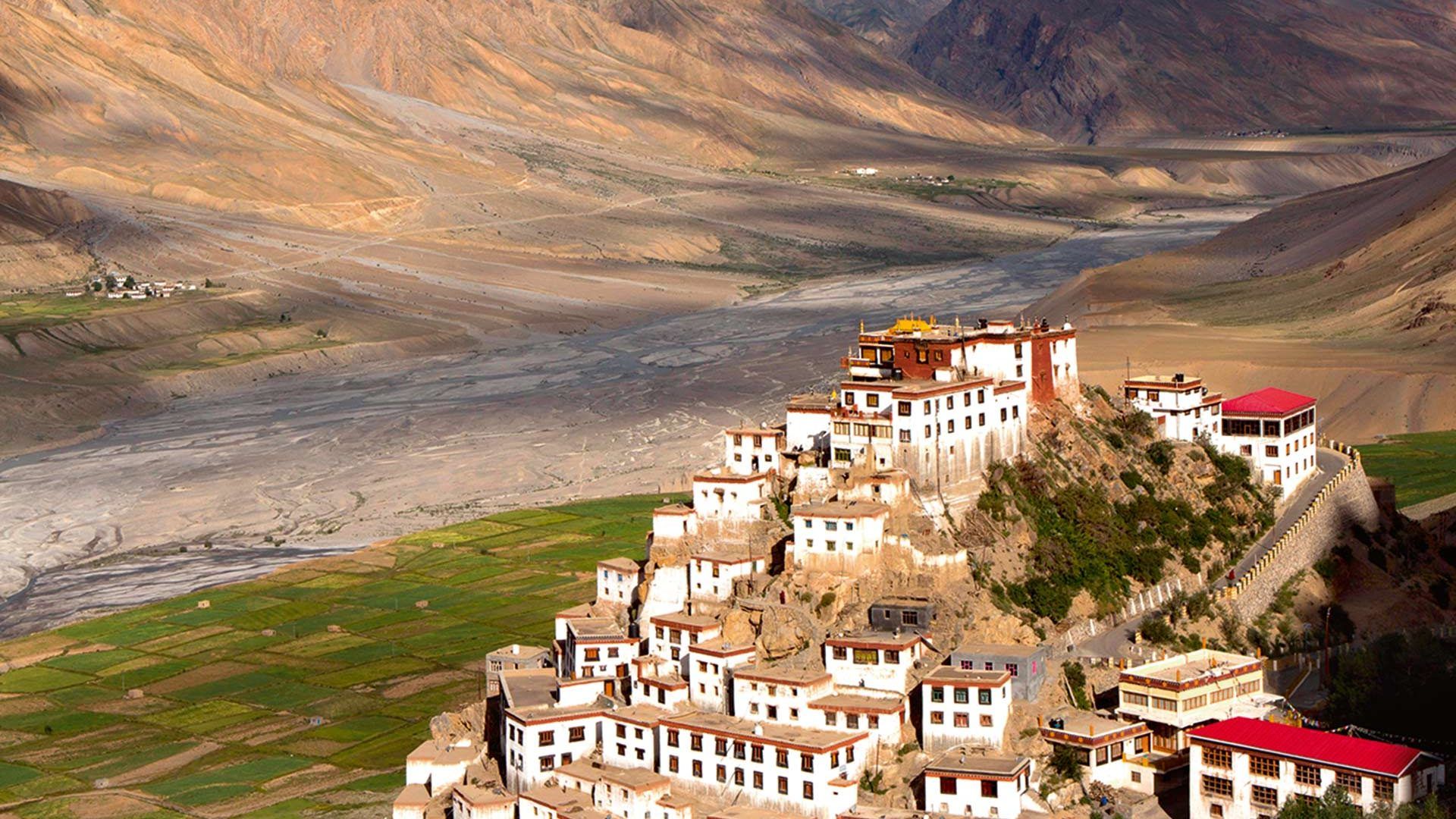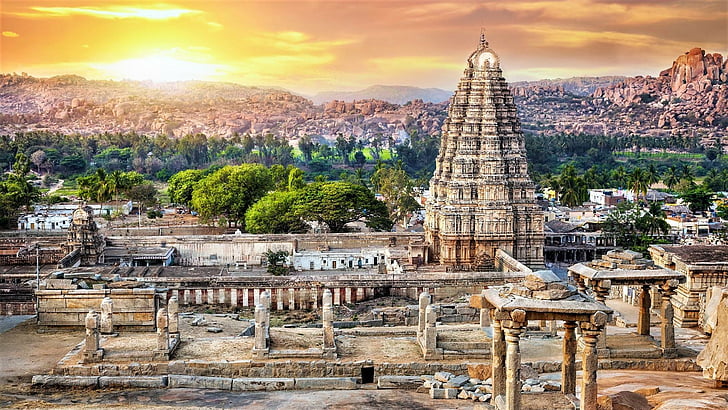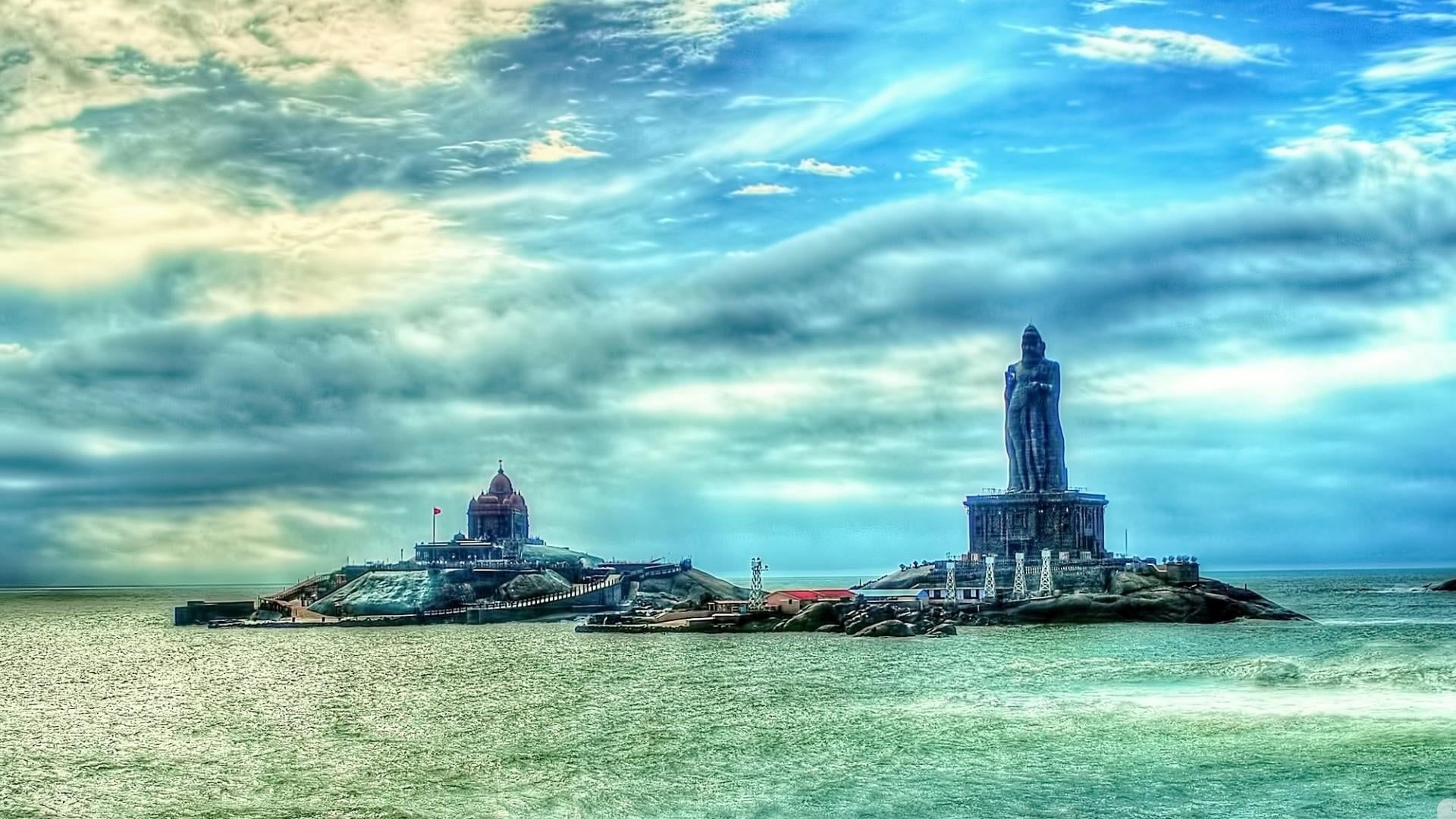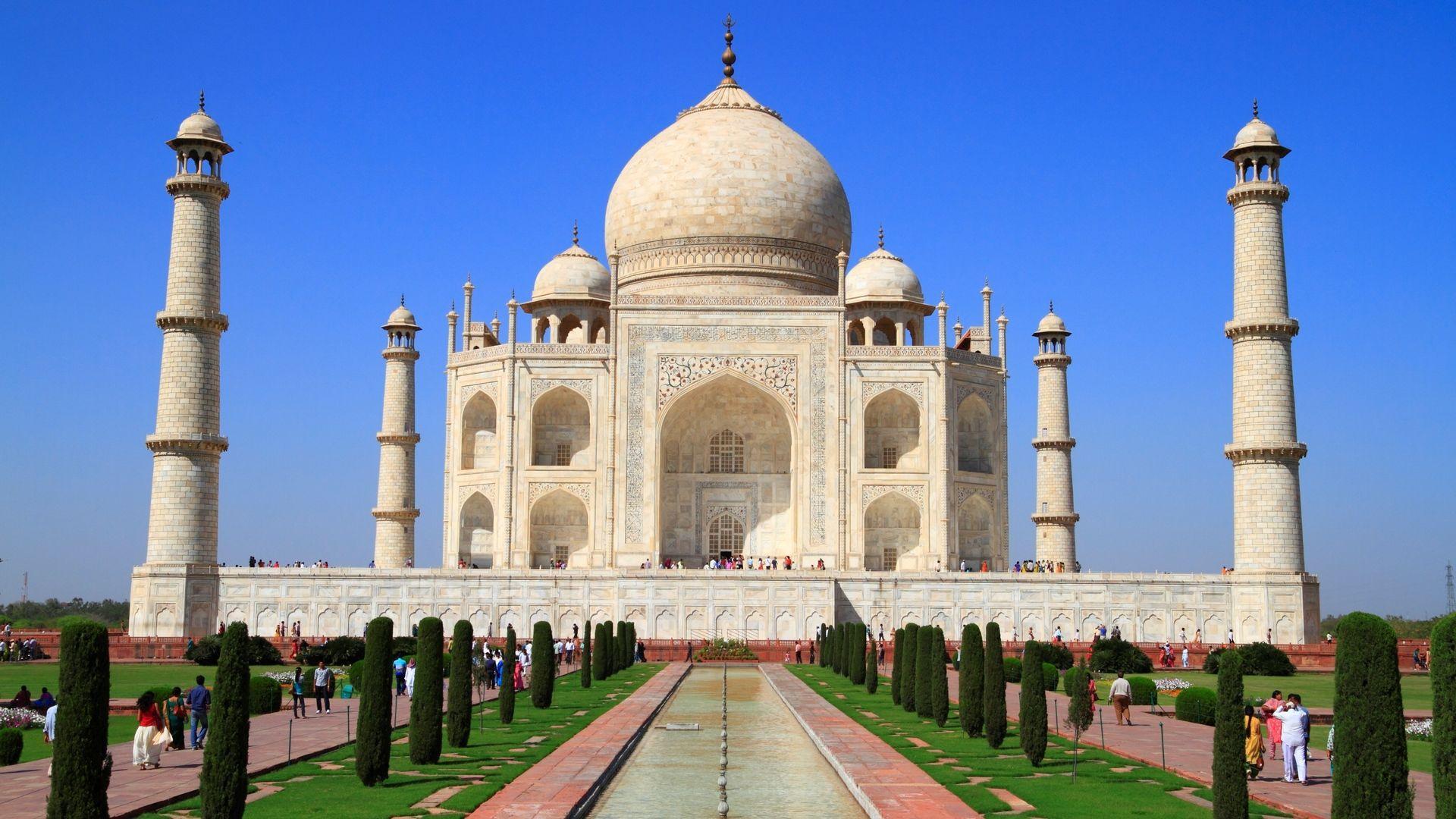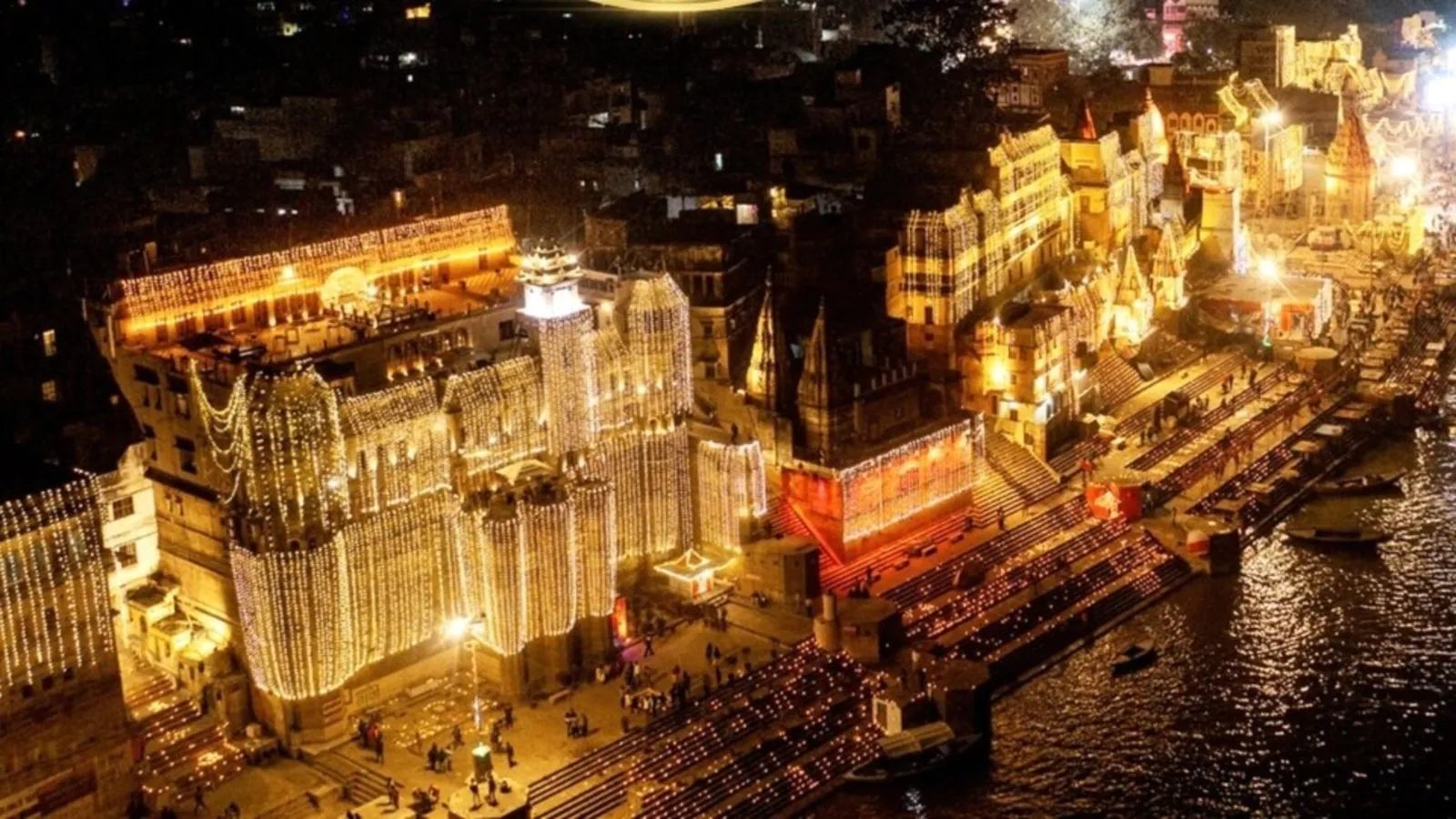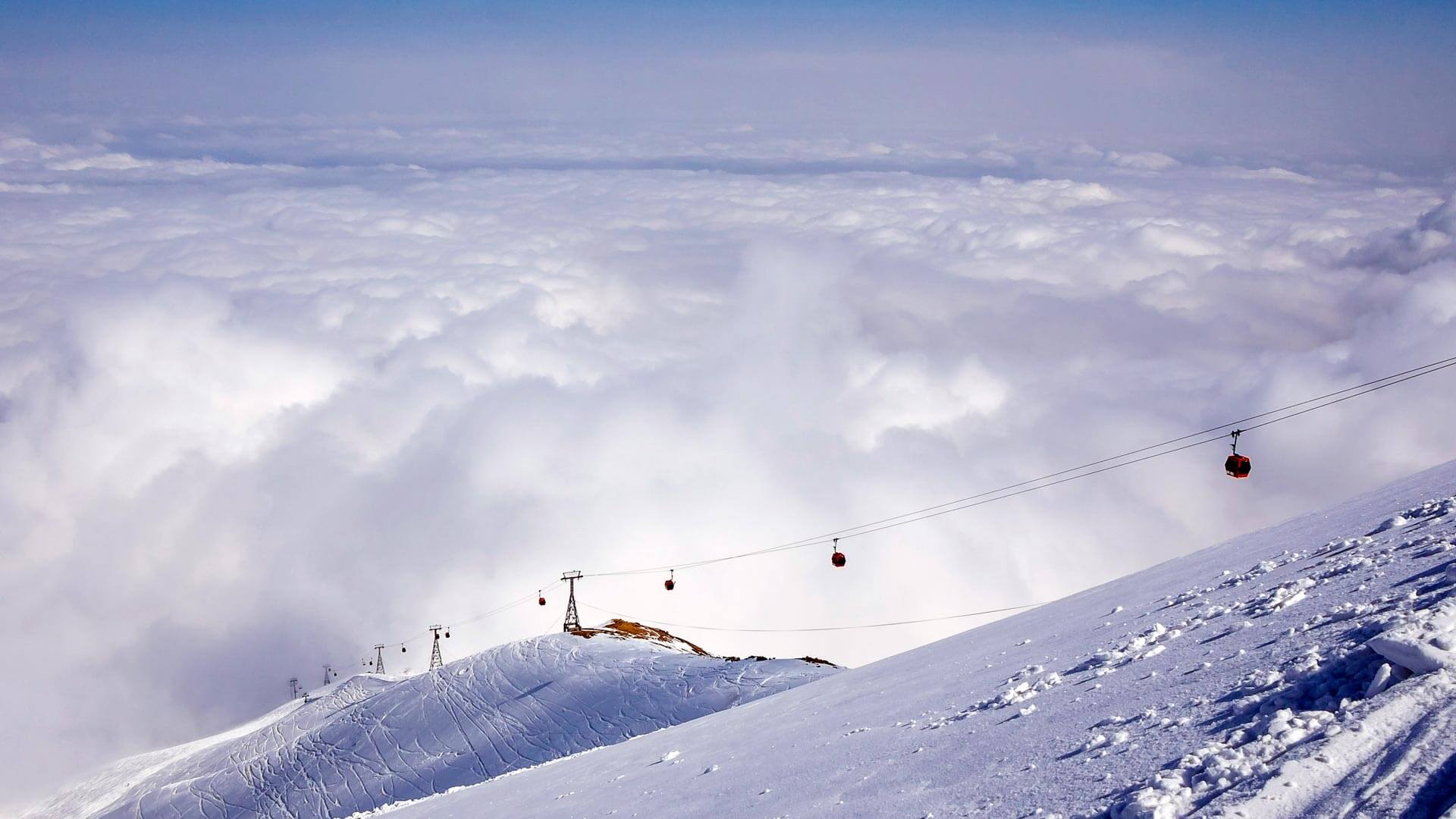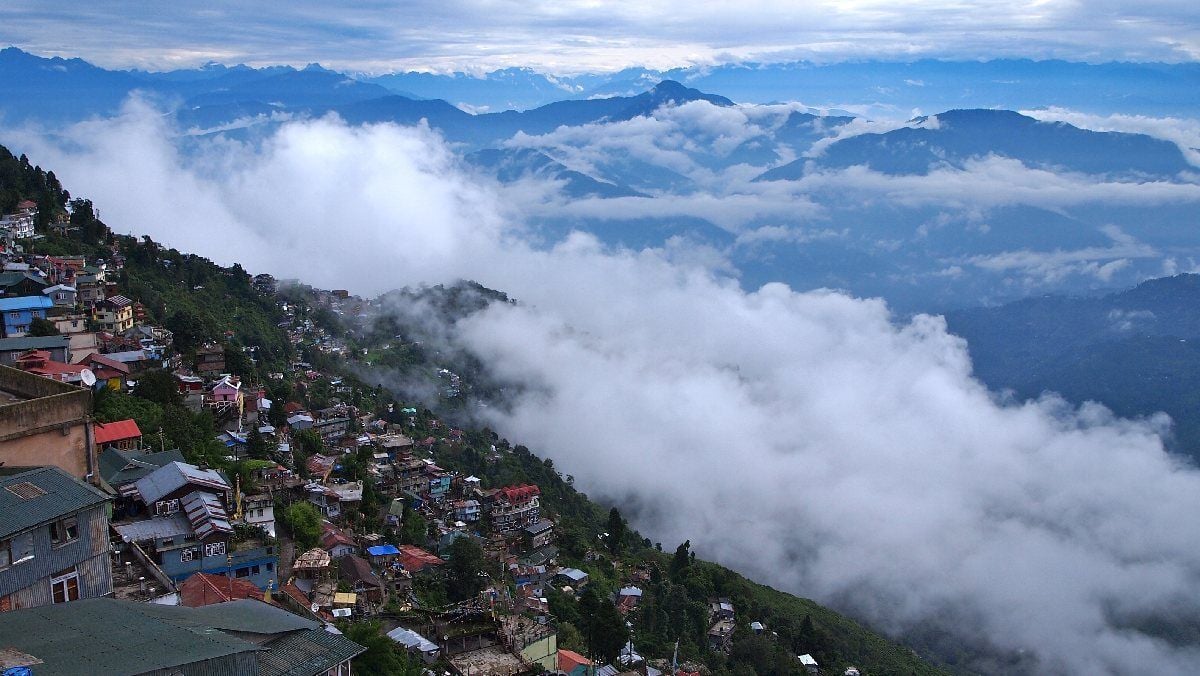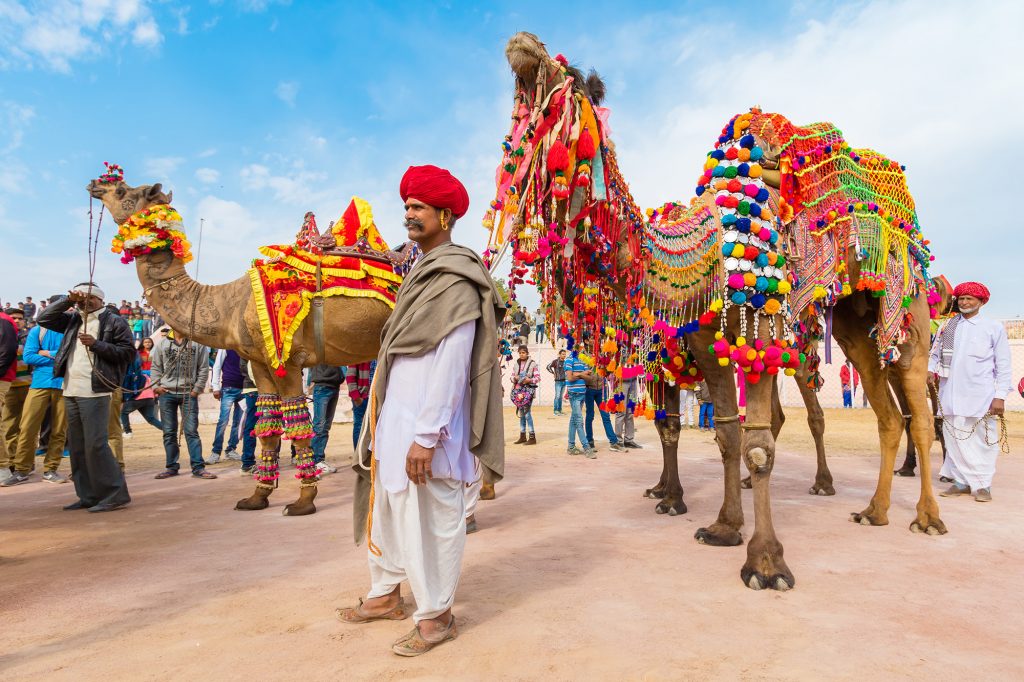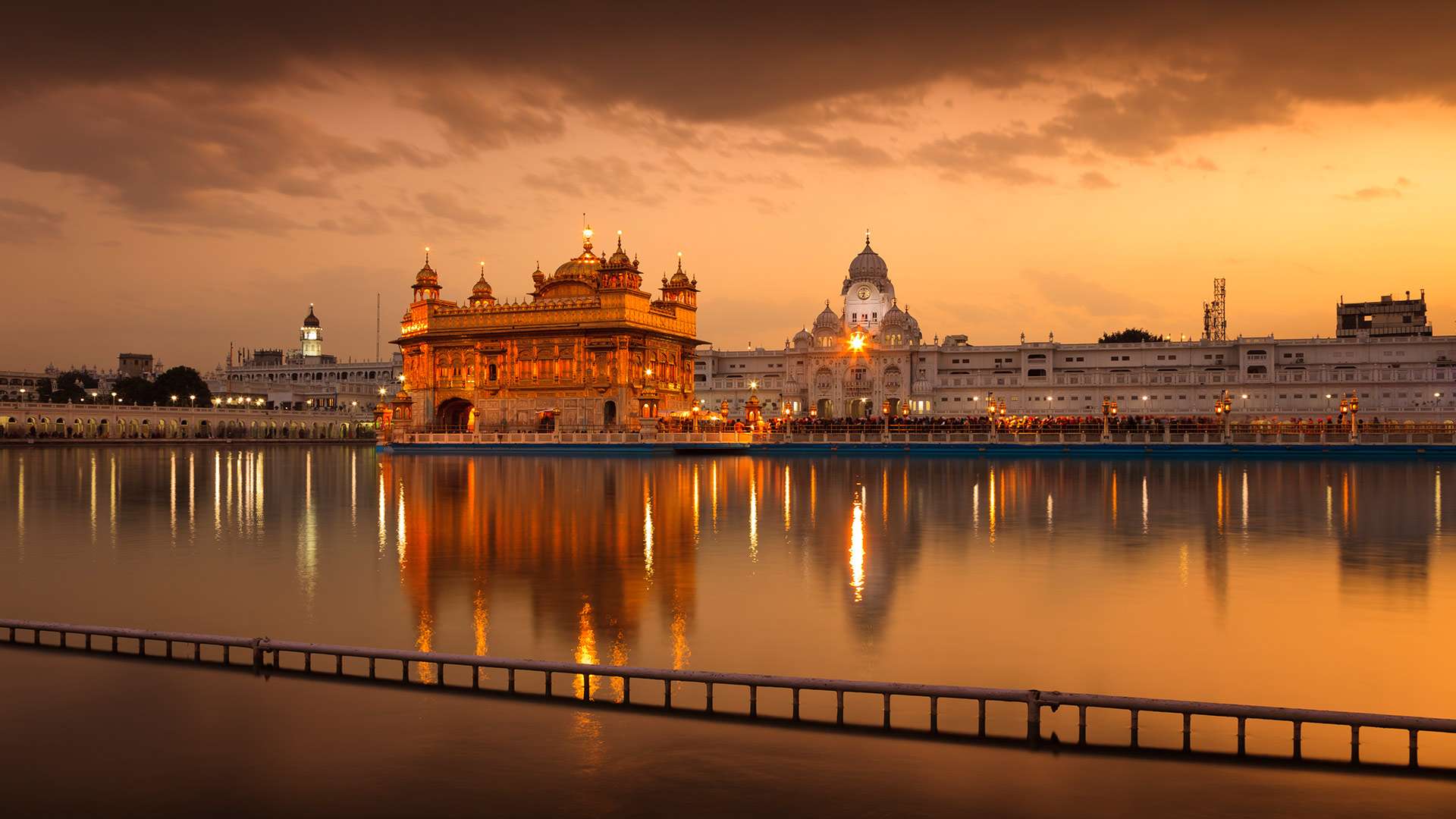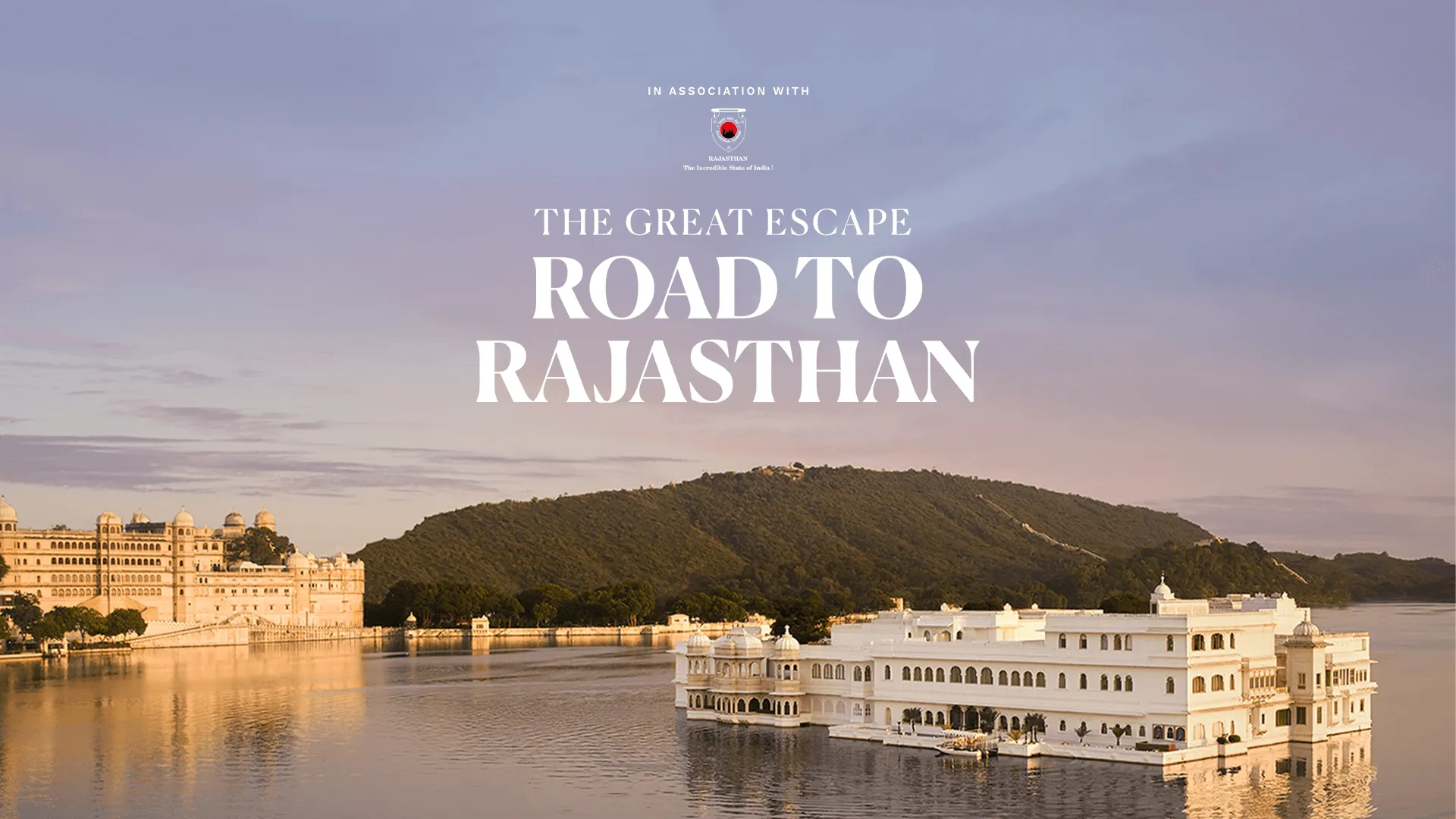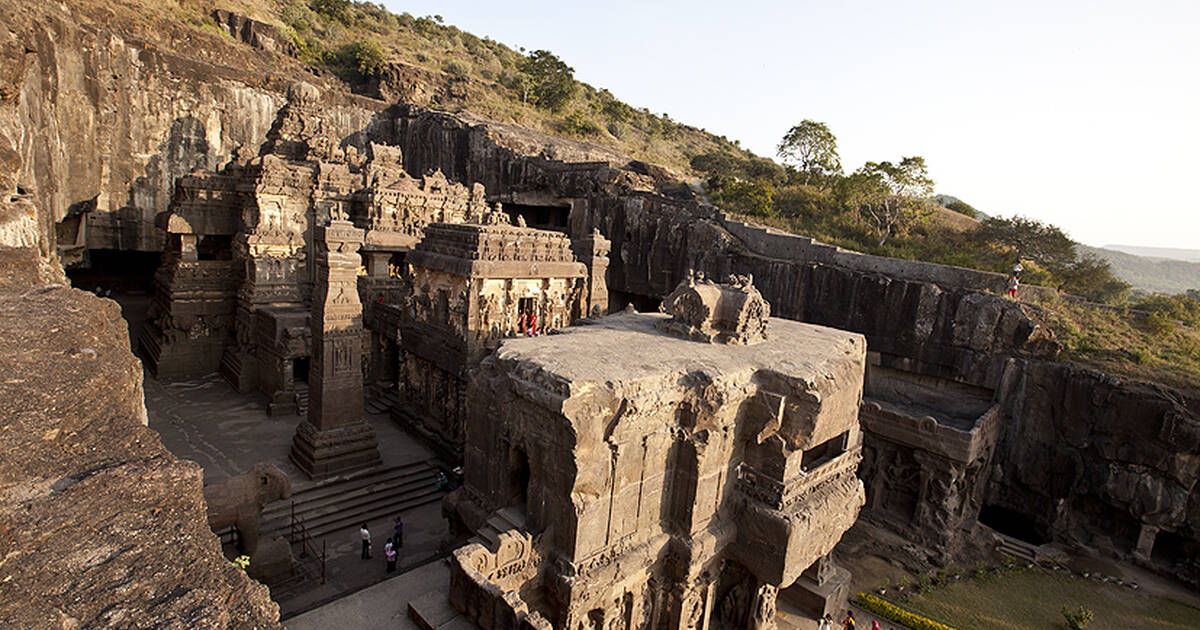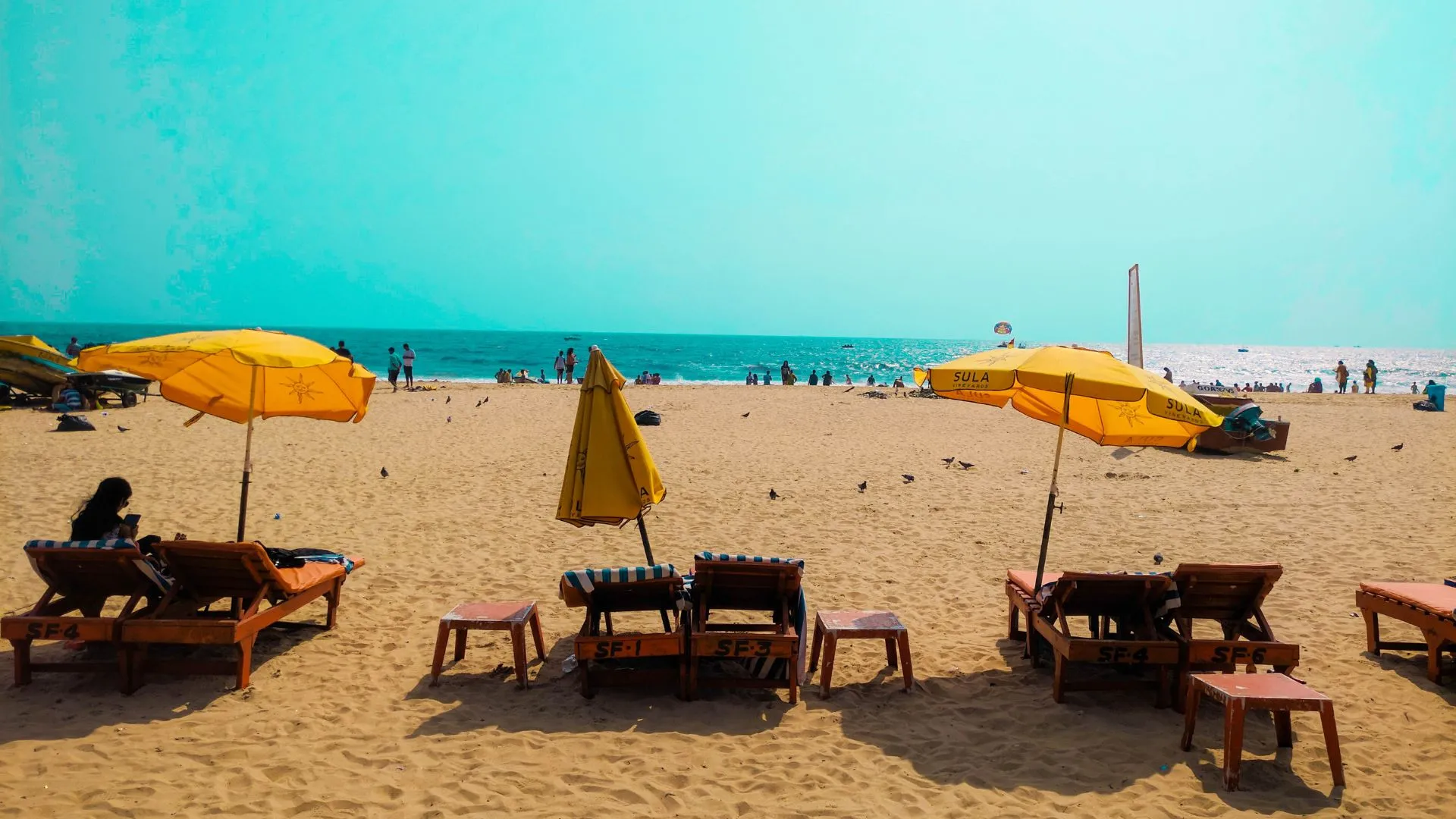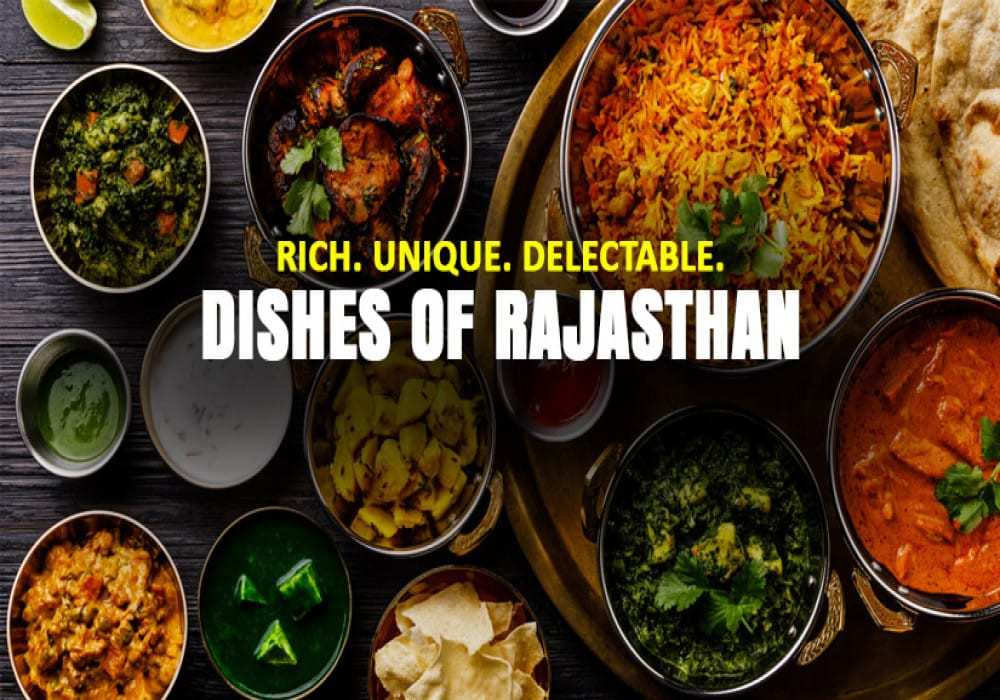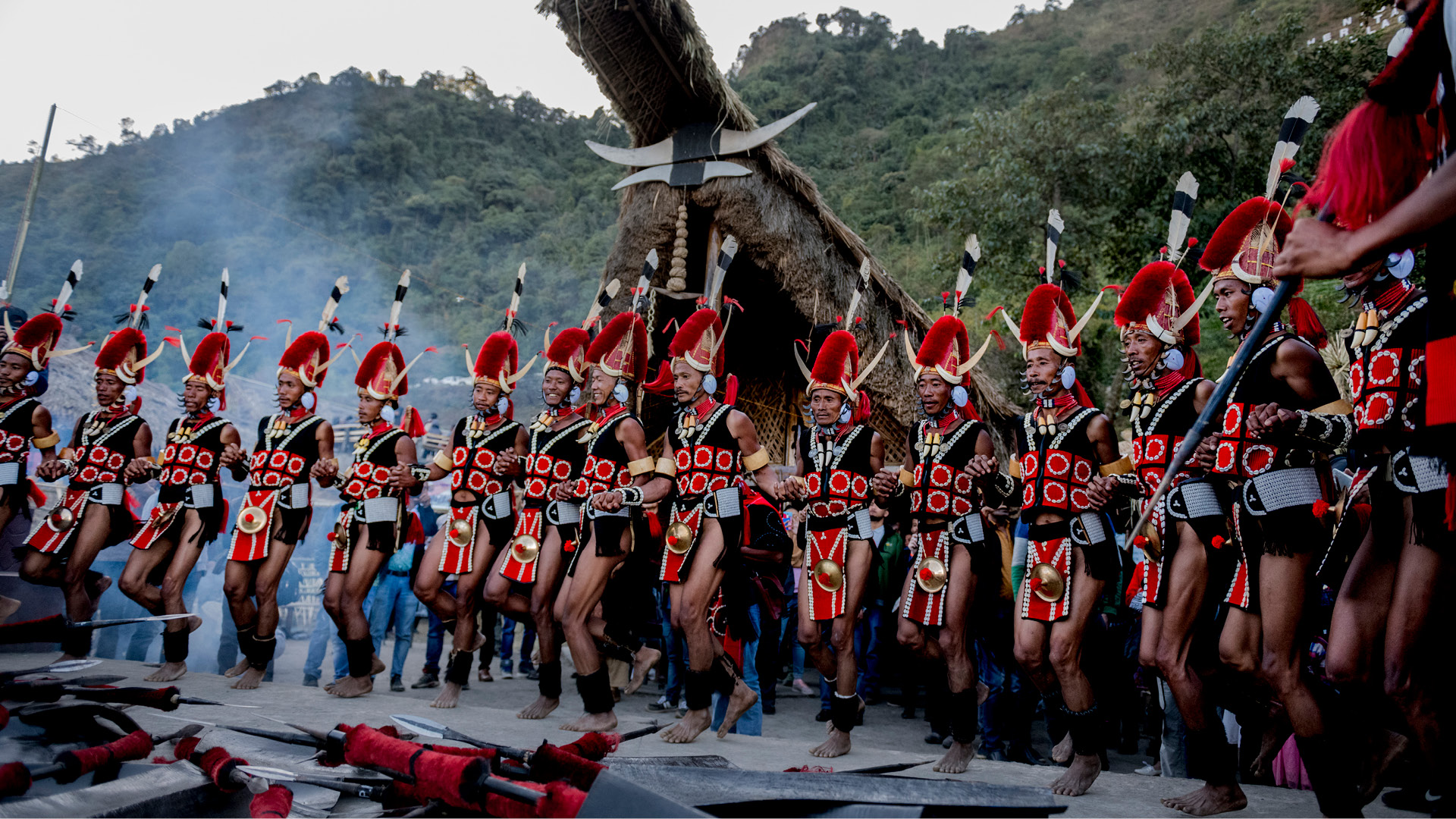12 ways to experience Kerala, God's Own Country
OVERVIEW
One of the 50 must-see destinations of a lifetime. One of the 100 great tips of the 21st century. The land where India flows at a relaxed pace... The sobriquets are many; so are the acclaims. But nothing describes Kerala better than God’s Own Country. Be it the tranquil backwaters or the splendid houseboats that ply it; the serene beaches or the idyllic hills, the mysterious jungle or magical Ayurveda, vivid culture or fascinating history... Kerala continues to charm the world with its immense beauty and bouquet of experiences.
Presenting 12 experiences that will take you closer to Kerala and all that makes it one of the paradises of the world. 12 ways to touch the soul of God’s Own Country and be touched. 12 ways to unveil its heart and savour its spirit. 12 ways to discover the land and inspire another journey within. Make sure they are part of our itinerary and take home a truly rewarding experience.
- The Learning Experience: Spend a day with the Masters at Kerala Kalamandalam, Thrissur
Take a pilgrimage to Kerala’s most sacred temple of arts. Open up a treasure trove of some of the world’s best classical art forms. Discover the dedication and perseverance that go into perfecting every art form... A Day with the Masters, a culture tourism package, takes you on a journey into Kerala’s artistic heritage amidst the inspiring environs of Kerala Kalamandalam, the premier art school dedicated to preserving Kerala’s rich classical tradition. Visitors will be taken through live classes of all the 14 subjects taught in the institution, in addition to the Koothambalam (traditional temple theatre) and art gallery. The package provides never-before photo opportunities and rare glimpses into life at the Kalamandalam.
Time required: Half a day (9:00 am to 12:00 pm)
Reaching there: Nearest Railway Station: Shornur, about 4 km
Nearest Airport: Cochin International Airport, about 80 km
Things to do:
- Learn more about Kathakali including its make-up and costume.
- Take a close look at different dresses, headgear and jewellery at the costume gallery.
- Feast your eyes on mural paintings depicting ‘nrthyolpati’ – the origin and evolution of dance in India from the days of sage Bharata.
- Refresh yourself on the banks of River Bharathapuzha.
- The Royal Experience: Be king for a day at the Padmanabhapuram Palace, Thiruvananthapuram
A visit to the Padmanabhapuram Palace, situated about 55 km southeast of Thiruvananthapuram is a virtual walkthrough of Kerala’s history and cultural heritage. Known for its exquisite woodwork, innovative design and beautiful mural paintings, the royal mansion was home to the kings of Travancore for about 2oo years before the capital was shifted to Thiruvananthapuram. An exemplar of traditional Kerala architecture, the 108 rooms of the palace house rare artefacts including musical bows in mahogany, a unique bed made of 64 different types of medicinal wood and royal chairs with Chinese carvings. Hanging brass lanterns lit continuously since the 18th century and a hanging cage in which eagles tore criminals to death are other rare remnants of the past.
Time required: Half a day (9:00 am to 5:00 pm except on Monday)
Reaching there: Nearest Railway Station: Trivandrum, about 52 km
Nearest Airport: Trivandrum International Airport, about 62 km
Things to do:
- Spot the 90 different floral designs on the rosewood and teak carved ceiling of the ‘Thaikkottaram’ (Queen Mother’s Palace).
- Check out Navaratri Mandapam, the only building in the palace complex constructed with granite stone.
- Visit the Palace Museum which exhibits furniture, wooden and granite statues, coins, weapons and utensils.
- Learn more about the secret underground passage, and the king’s escape route in the event of an emergency.
- The Well-Crafted Experience: Journey into the art of Kerala at Sargaalaya Crafts Village, Kozhikode
Set in a sprawling 20-acre land on the shore of River Chaliyar near Kozhikode is a unique village inspired by Kerala’s rich artistic culture and the need to preserve it for posterity. Here craftsmen from different regions of Kerala come together to showcase their skills and creations to the world. In the 27 odd cottages spread across the village, they work their magic, giving shape to over 67 products ranging from the celebrated exquisite mural paintings to artefacts made from banana fibre, coir and coconut shells. A treasure house of ethnic art and craft forms, the village is also a place where you can buy products at a fair price.
Time required: 4 hours (between 10:00 am to 6:00 pm except on Monday)
Reaching there: Nearest Railway Station: Vadakara, about 5 km
Nearest Airport: Calicut International Airport, about 140 km
Things to do:
- Witness first-hand the skills of Kerala’s traditional artisans.
- Interact with the craftsmen and find out more about their craft.
- Pick up a lesson or two in craft-making.
- Take home some of Kerala’s finest crafts.
- Go pedal boating or motor boating.
- The Heritage Experience: Rediscover a lost world with the Muziris Heritage Circuit Tour
Navigate through Kerala’s history to rekindle the eventful past of Muziris, the ancient port and hub of the legendary Spice Route. Go on a tour through the Muziris Heritage Site developed as part of one of India’s greatest conservation projects. The Paravur and Chennamangalam synagogues that bespeak of Kerala’s Jewish connection, the old markets at Paravur and Kottapuram, the forts of Kottapuram and Pallipuram, historically significant homes like the Paliam Kovilakom, erstwhile home of the prime ministers to the King of Kochi – the Paliam Nalukettu and Kottayil Kovilakom, Cheraman Juma Masjid, the first and oldest mosque in India and the Gothuruthu Performance Centre, renowned for the unique maritime theatre form, Chavittu Nadakam will be the stopovers in this extraordinary journey.
Time required: One day
Reaching there: Nearest Railway Station: Ernakulam, about 30 km
Nearest Airport: Cochin International Airport, about 25km
Things to do:
- Watch Chavittu Nadakam at Gothuruthu. This art form is said to have been introduced by Portuguese missionaries.
- Take a walk around the old market at Paravur and explore the remnants of ancient Kerala.
- Marvel at the traditional style of Kerala architecture at the Paliam Nalukettu.
- The Community Experience: Discover the unseen faces of Kumarakom with the Village Life Experience Package
Go beyond the backwaters and houseboats of Kumarakom. Go on a trip into its heart with the Village Life Experience Package, developed as part of Kerala’s Responsible Tourism Initiative. Unveil the many faces of Kumarakom – Georgekutty, Leelamani, Sosamma, Nalini, Thankappan and Sarosh. Step into their modest homes, plantain orchards and fish farms. Join them on boat rides and fishing expeditions. Lend them a hand in coconut leaf and screw pine weaving, broom making or karimeen (pearl spot) processing... Enjoy the simple joys of village life.
Time required: Half a day
Reaching there: Nearest Railway Station: Kottayam, about 16 km
Nearest Airport: Cochin International Airport, about 98 km
Things to do:
- Enjoy a free demo on toddy tapping.
- Learn how to catch a fish using bows and arrows.
- Explore Kumarakom’s rich biodiversity at Kandan Kavu.
- Discover sustainable methods of fish farming.
- Visit home gardens that supply farm products.
- The Jumbo Experience: Say hello to Kerala’s gentle giants at the Elephant Camp, Konni
Step into Konni, a small hilly town in Kerala’s Pathanamthitta district for a close encounter of the wild kind. Here, sheltered within the forests is the Konni Elephant Camp that lets you get up and personal with Kerala’s gentle giants. Built-in 1941, this Elephant Training Centre is where wild elephants are tamed and trained for work by experienced mahouts and senior elephants. The elephants housed in huge wooden cages follow a working schedule and diet prescribed by experts. The camp is a safe haven for injured and orphaned elephants and serves as a hub for various forest–based eco-tourism activities.
Time required: Half a day (starting 8:00 am, all days except Monday)
Reaching there: Nearest Railway Station: Chengannur, about 35 km
Nearest Airport: Trivandrum International Airport, about 110 km
Things to do:
- Take an elephant ride along with trained mahouts.
- Watch elephants graze in the forests or be bathed.
- Partake in feeding them.
- Visit the Elephant Museum, a complete natural history museum that displays elephant skeletons, devices used by mahouts to control elephants etc.
- Go trekking in the nearby forests accompanied by trained guides.
- The Lofty Experience: Go the extra mile with border trekking at Thekkady
Explore the wild and wonderful. Join a conservation-oriented hard trek that will take you through the undulating terrains of lush Thekkady. Home to the Periyar Tiger Reserve, the endless hills and mountains of this land make trekking a truly thrilling experience. Revel in the lush beauty around you as you cover altitudinal ranges of 900 m to 1300 m accompanied by two guides and an armed forest guard. A maximum of 12 tourists can take part in this programme in two different groups. Vegetarian refreshments will be provided en route.
Time required: One day (8:00 am to 5:00 pm)
Reaching there: Nearest Railway Station: Kottayam, about 114 km
Nearest Airport: Cochin International Airport, about 190 km; Trivandrum International Airport, about 267 km
Things to do:
- Catch a glimpse of the lofty escarpments bordering the park watershed and the vast plains down below.
- Observe gaurs, sloth bears and elephants in their natural habitat.
- Spot the many varieties of birds of Thekkady, a birdwatcher’s paradise.
- Explore Thekkady’s rich distinctive flora.
- The Castaway Experience: Go on a village backwater cruise along Munroe Island
Leave the world behind and take a country boat to Munroe Island. Located on the banks of Ashtamudi Lake and Kallada River, this island named after Resident Colonel John Munroe of the former princely state of Travancore is actually a collection of eight small islands. Make your way through the narrow canals that link the entire island to see rustic Kerala at its very best. Venue of the annual Kallada boat race, this backwater village is an embodiment of sustainable development thanks to the fish farms, coir-making units, country craft-making units etc. This unique Village Backwater Tour has won the acclaim of the Lonely Planet magazine.
Time required: 2 trips daily (9:00 am to 1:30 pm, 2:00 pm to 6:30 pm)
Reaching there: Nearest Railway Station: Munroe Island, about 3 km
Nearest Airport: Trivandrum International Airport, about 84 km
Things to do:
- Join the islanders in coir-making, the main occupation of the islanders.
- See how prawns, which go into making some of Kerala’s finest delicacies, are reared.
- Learn the intricacies of oyster culture and shrimp farming.
- The Untamed Experience: Go night camping at Gavi
Toss your fears aside and get set for a night in the wilderness of Gavi. An eco-tourism hotspot acclaimed as one of the must-see places in India, Gavi is one of the few forests where night camping is possible. A rich tract in the Western Ghats' rain forests, Gavi is mainly known for its wildlife including endangered species like the Nilgiri Tahr as well as more than 260 species of birds including the Great Pied Hornbill. Opt for the overnight package to experience the wild side of Kerala.
Time required: Half a day (Check-in 2:00 pm)
Reaching there: Nearest Railway Station: Kottayam, about 128 km
Nearest Airport: Cochin International Airport, about 160 km
Things to do:
- Trek through the forest accompanied by a trained guide.
- Go on a jeep safari for a glimpse of Gavi’s exotic wildlife.
- Boat on the crystal clear Gavi reservoir and Kochupamba.
- Visit the nearby cardamom plantations, tea estates and the Gavi Museum.
- Enjoy bird watching.
- The Timeless Experience: Enjoy a seven-hour cruise along the backwaters of Poothotta, Ernakulam
Switch off the noises of the world and drift into seven hours of pure joy in the soothing solitude of the scenic Poothotta backwaters. Lose yourself in the labyrinth of canals and estuaries, rivers and rivulets, lakes and lagoons. Explore the surrounding Vembanad Lake and visit nearby villages. The tour includes four hours in a houseboat and three hours in a small country canoe – accompanied by an experienced guide who will also take you on walking trips to nearby villages. Traditional Kerala meals served on board will further spice up your journey.
Time required: One day (8:15 am to 5:30 pm)
Reaching there: Nearest Railway Station: Ernakulam, about 23 km
Nearest Airport: Cochin International Airport, about 50 km
Things to do:
- Discover a lifestyle centred around water.
- Watch floating markets, flotillas of ducks, ferries and country barges in action.
- Learn a lesson or two in coir making and toddy tapping.
- Spot kingfishers, bee-eaters, cormorants, etc.
- Savour backwater delicacies like kappa and karimeen.
- The Ingenious Experience: Seek the secrets behind Kerala’s unique metal mirror
In the quiet village of Aranmula, located on the banks of the river Pamba in the Pattanamthitta district, the Aranmula Kanndai takes form. Renowned worldwide for its crystal clear images and unique metallurgy, this metal mirror handcrafted from an alloy of copper and tin, is created using a secret combination known only to the descendants of a family located in the village. The many legends associated with it – about how craftsmen stumbled upon the rare metallic composition while making a crown for the deity of the local temple and how the secret combination was revealed through divine intervention etc.- enhance the touch of mystique surrounding this technological marvel.
Time required: 3 hours (between 9:30 am and 4:30 pm)
Reaching there: Nearest Railway Station: Chengannur, about 11 km
Nearest Airport: Trivandrum International Airport, about 119 km
Things to do:
- Be part of the casting process, the most important part of the mirror – making which happens once a week.
- Learn about the various processes involved in polishing and finishing.
- Take home a mirror, available in different sizes and price ranges.
- Pay a visit to the Aranmula Parthasarthy Temple, one of the 108 temples of Lord Vishnu revered by the 12 poet saints or Alwars.
- The Earthy Experience: Relish rustic Wayanad with the Village Life Experience Tour
Go on a trip into the heart of Wayanad with the Village Life Experience packages. Conceptualised as part of Kerala’s Responsible Tourism Initiative, it gives travellers an authentic taste of this rustic land through two exclusive tours to Chetyalathoor and Nellarachal villages. Presenting a never-before experience of luxuriant Wayanad, the packages take you through farm yards and spice plantations, tribal homes and village schools, tribal arts centres and bamboo craft villages, to offer a glimpse of the distinctive culture and lifestyle of Wayanad. Traditional lunches and refreshments add more flavour to these village tours.
Time required: One day (9:30 am to 5:00 pm)
Reaching there: Nearest Railway Station: Kozhikode, about 72 km
Nearest Airport: Calicut International Airport, about 92 km
Things to do:
- Take a walk through coffee, tea and spice plantations.
- Observe the unique agriculture and medicinal practices of tribal communities.
- Discover the age-old processes used to create fascinating bamboo products.
- Interact with kids at the local primary education centre.
- Learn to wield a bow or play a thudi.
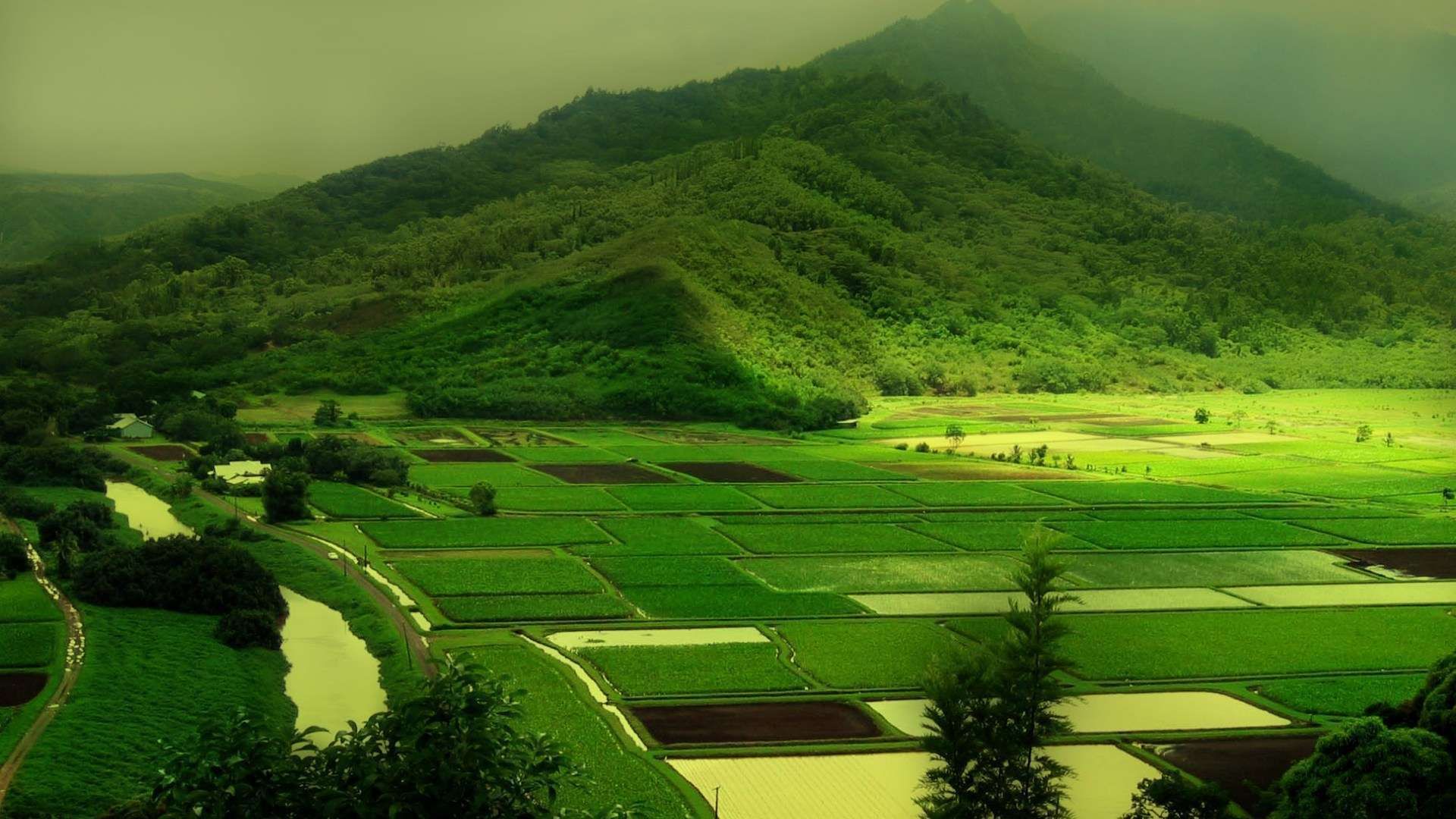
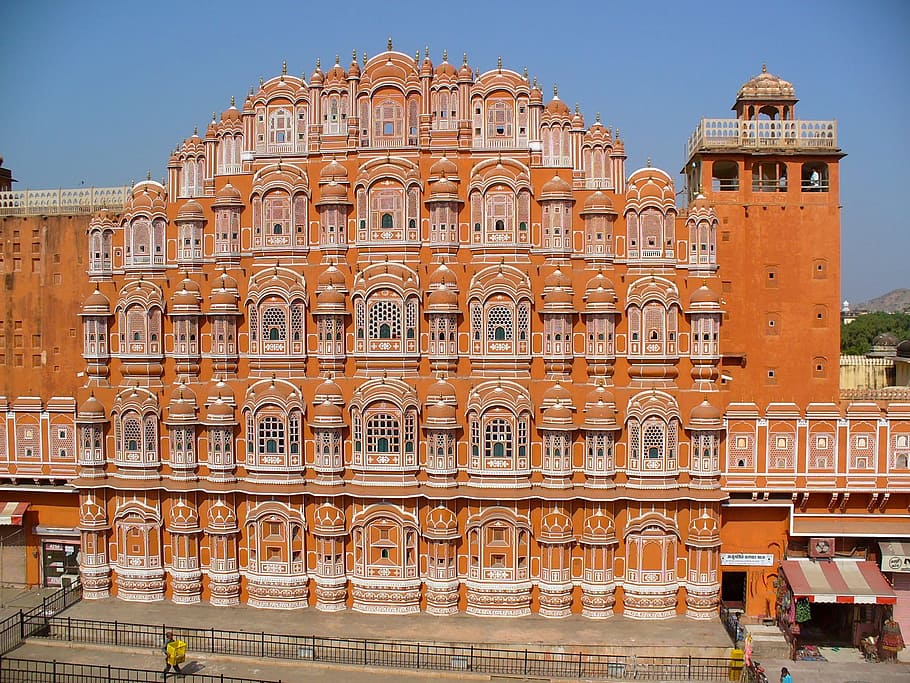

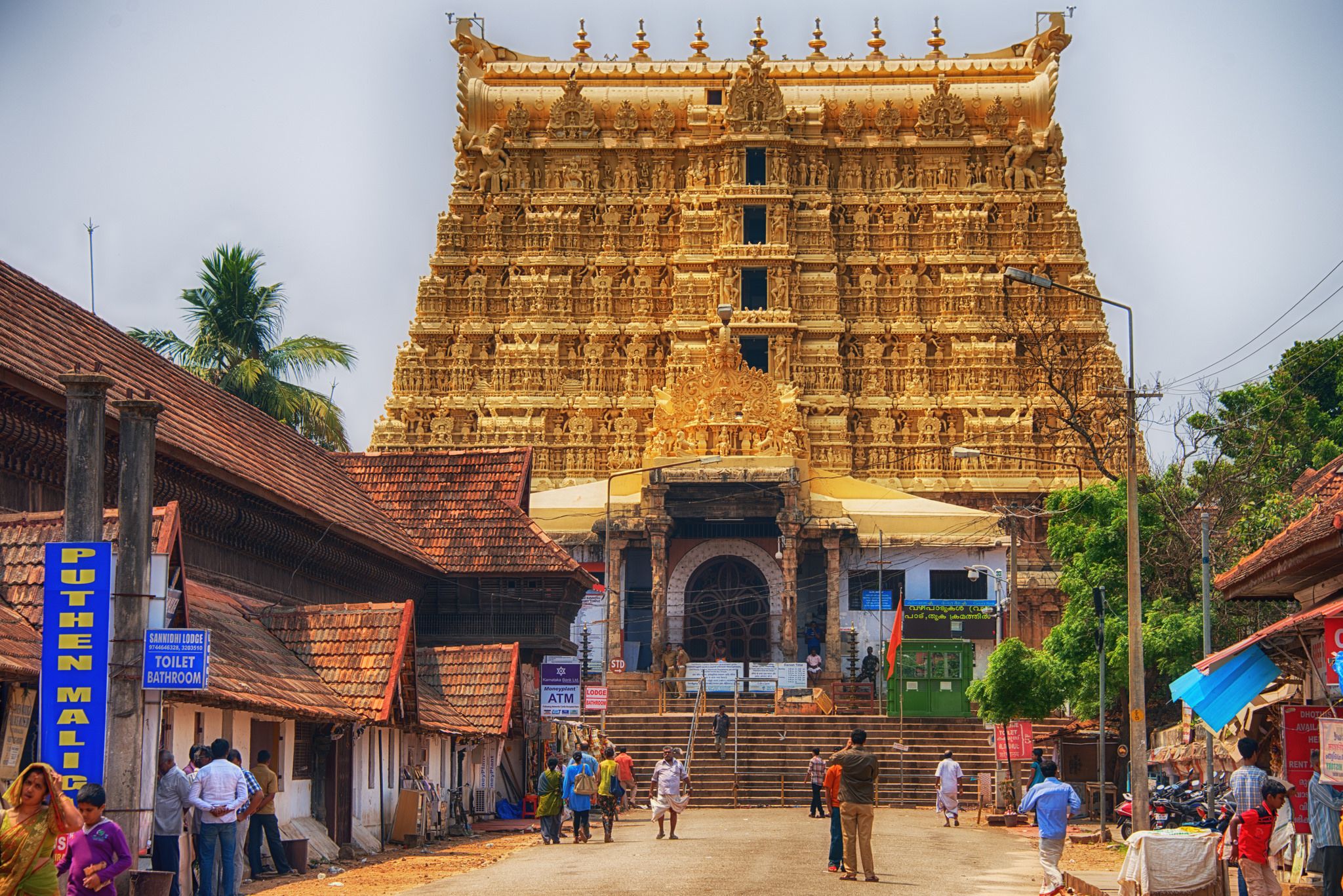
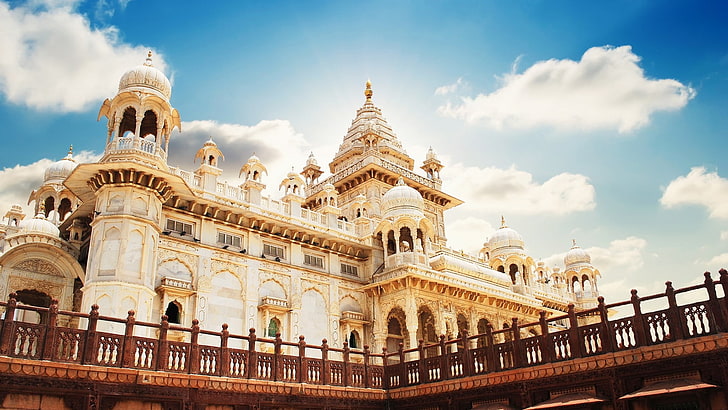

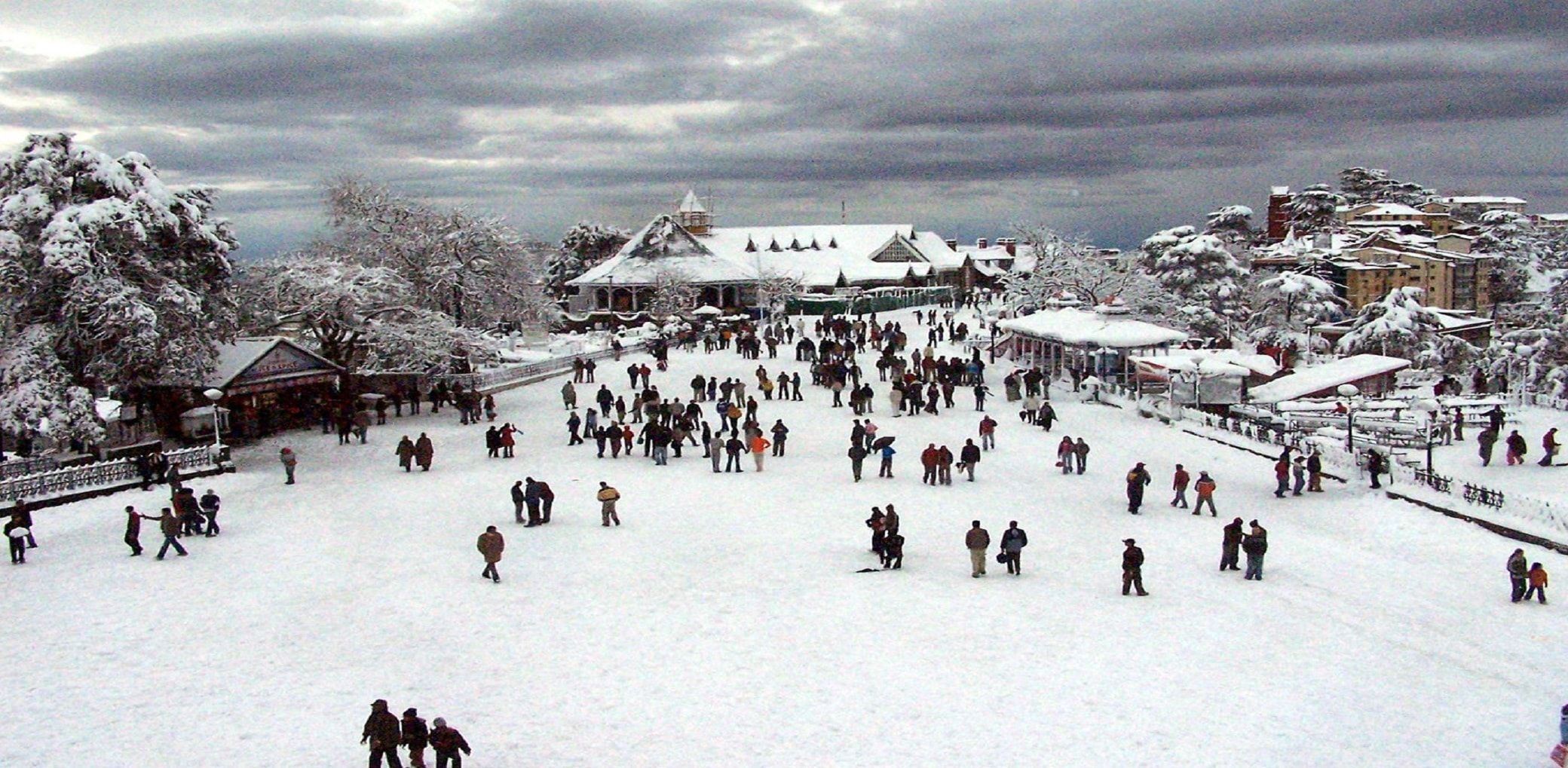
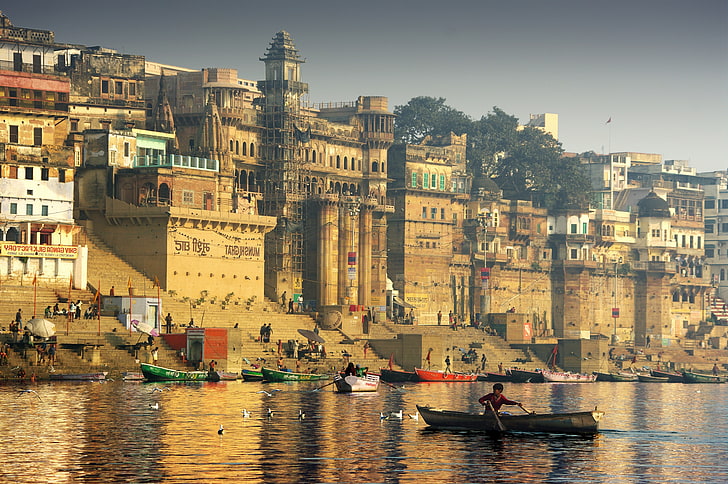
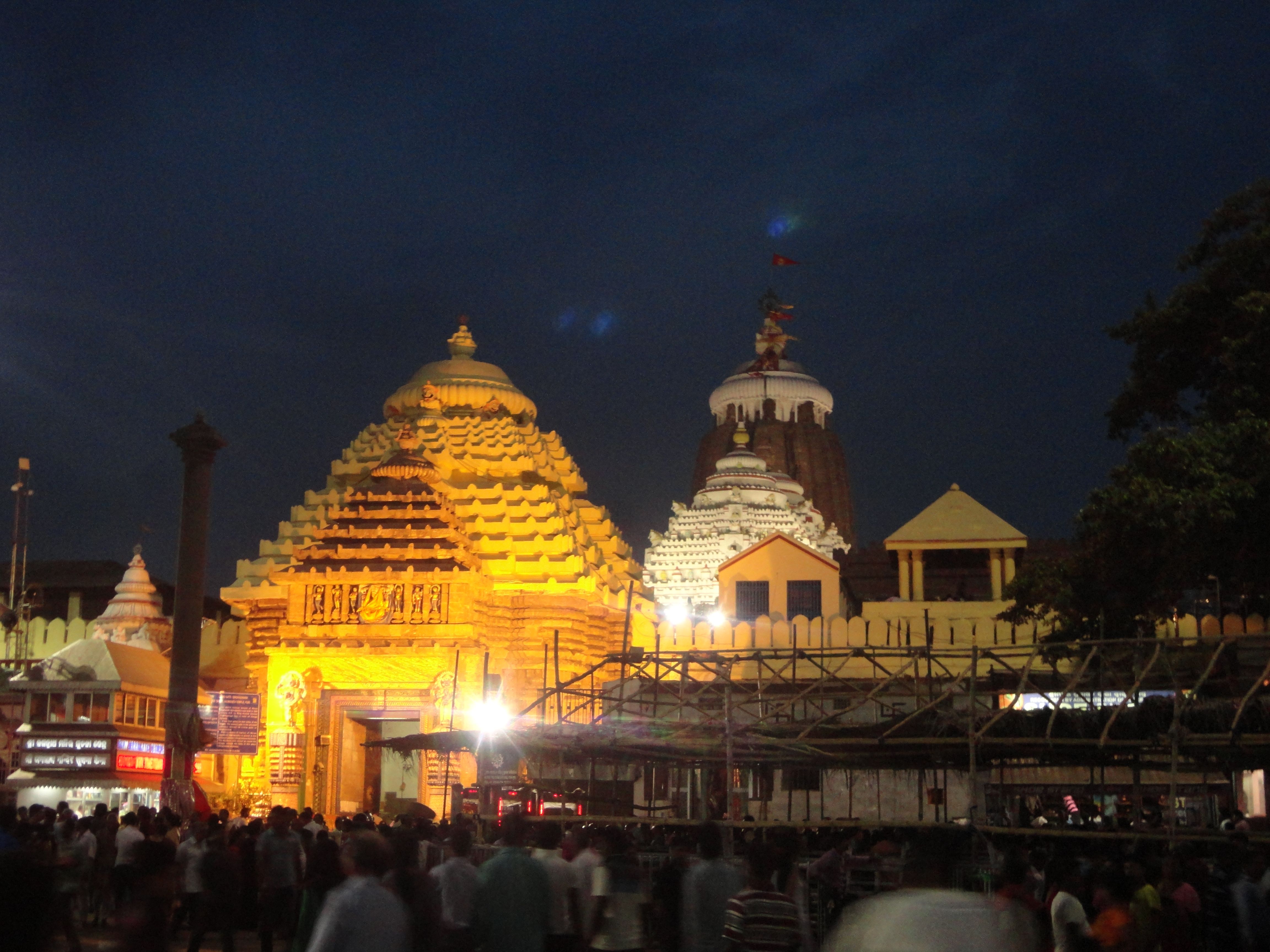

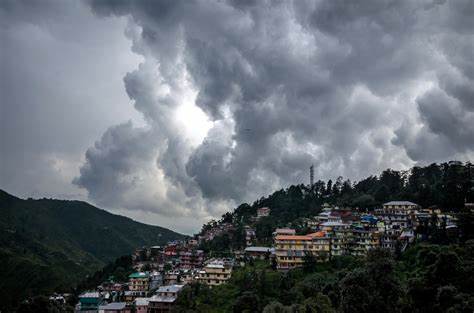
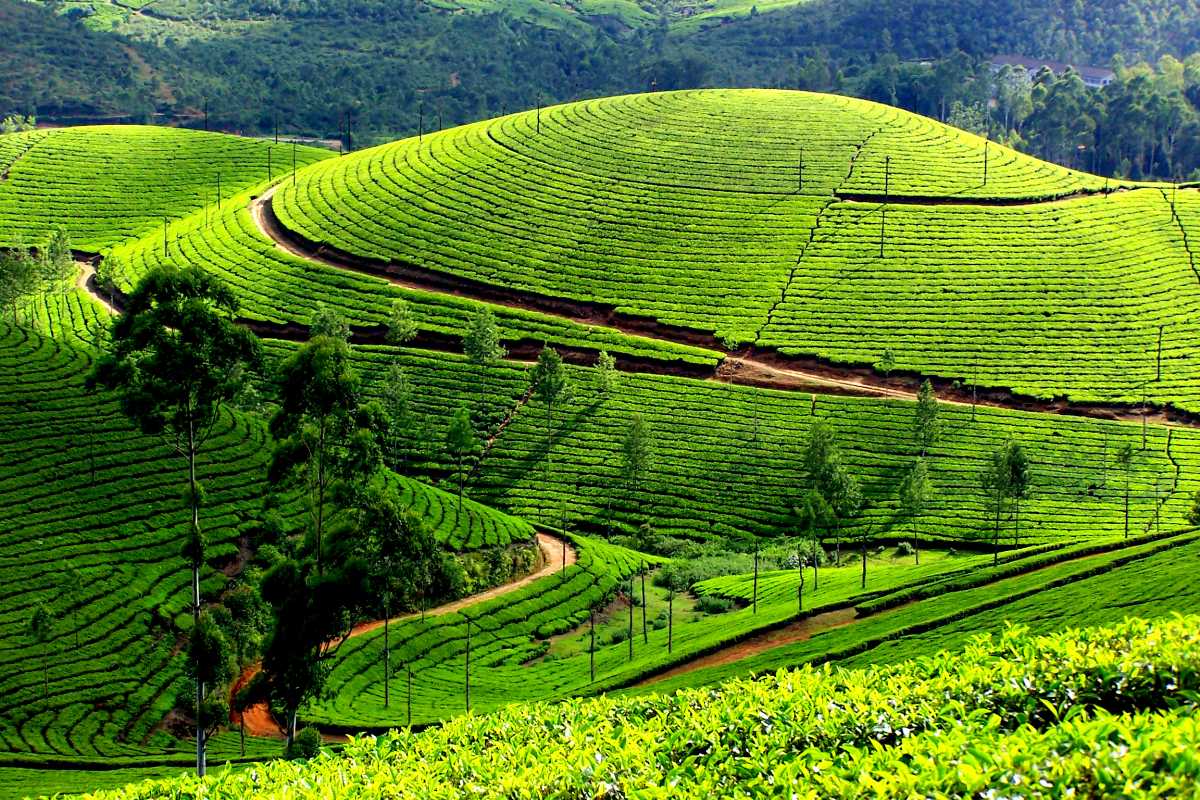
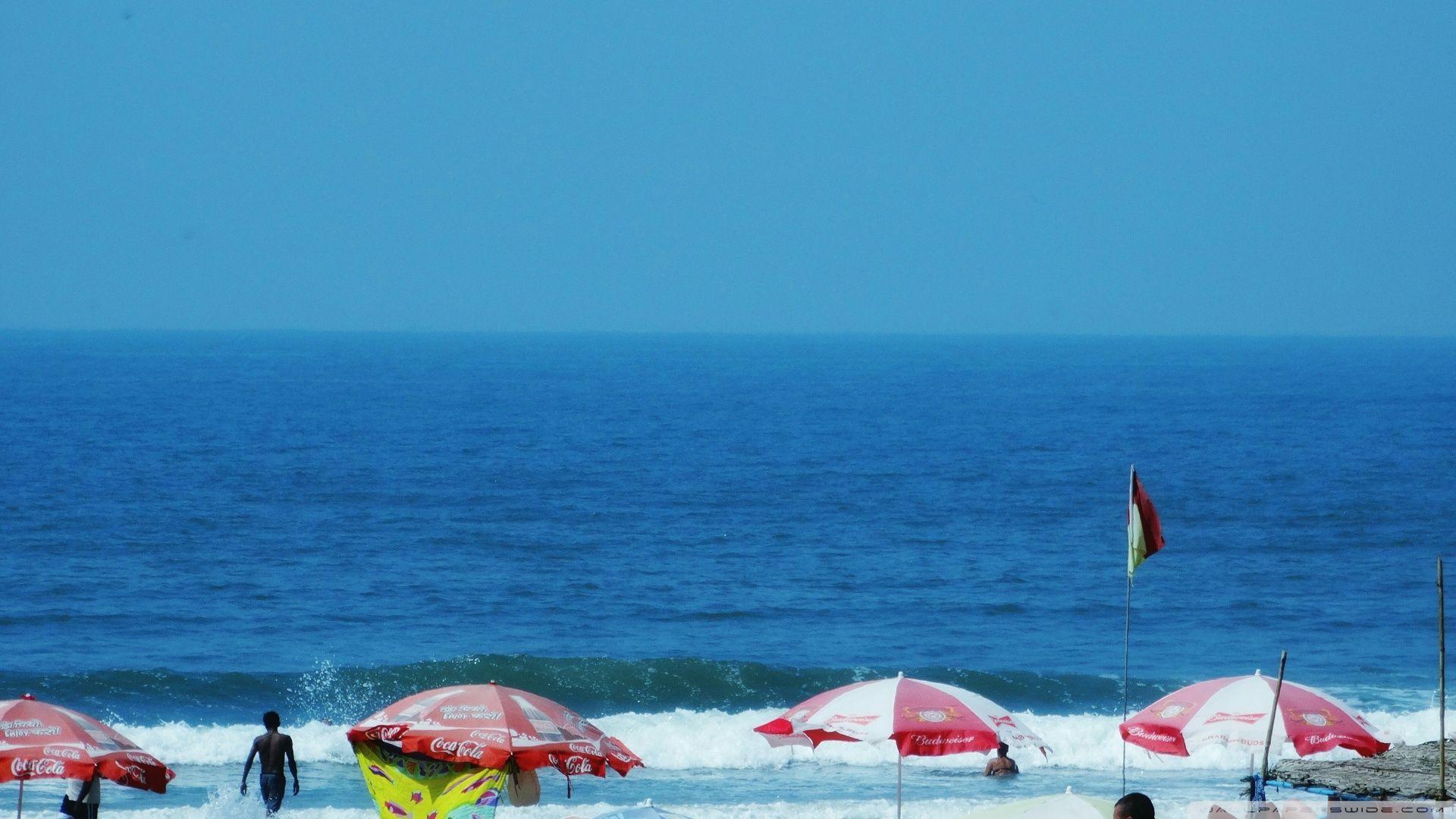
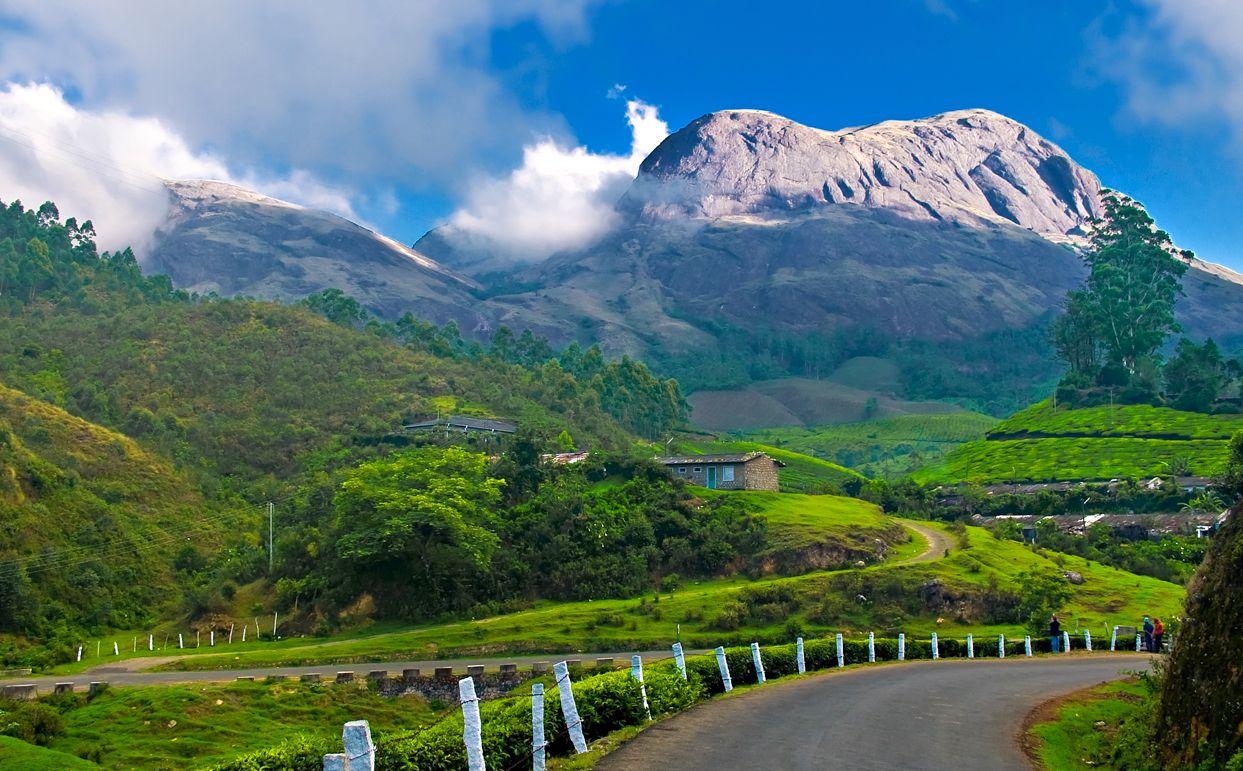
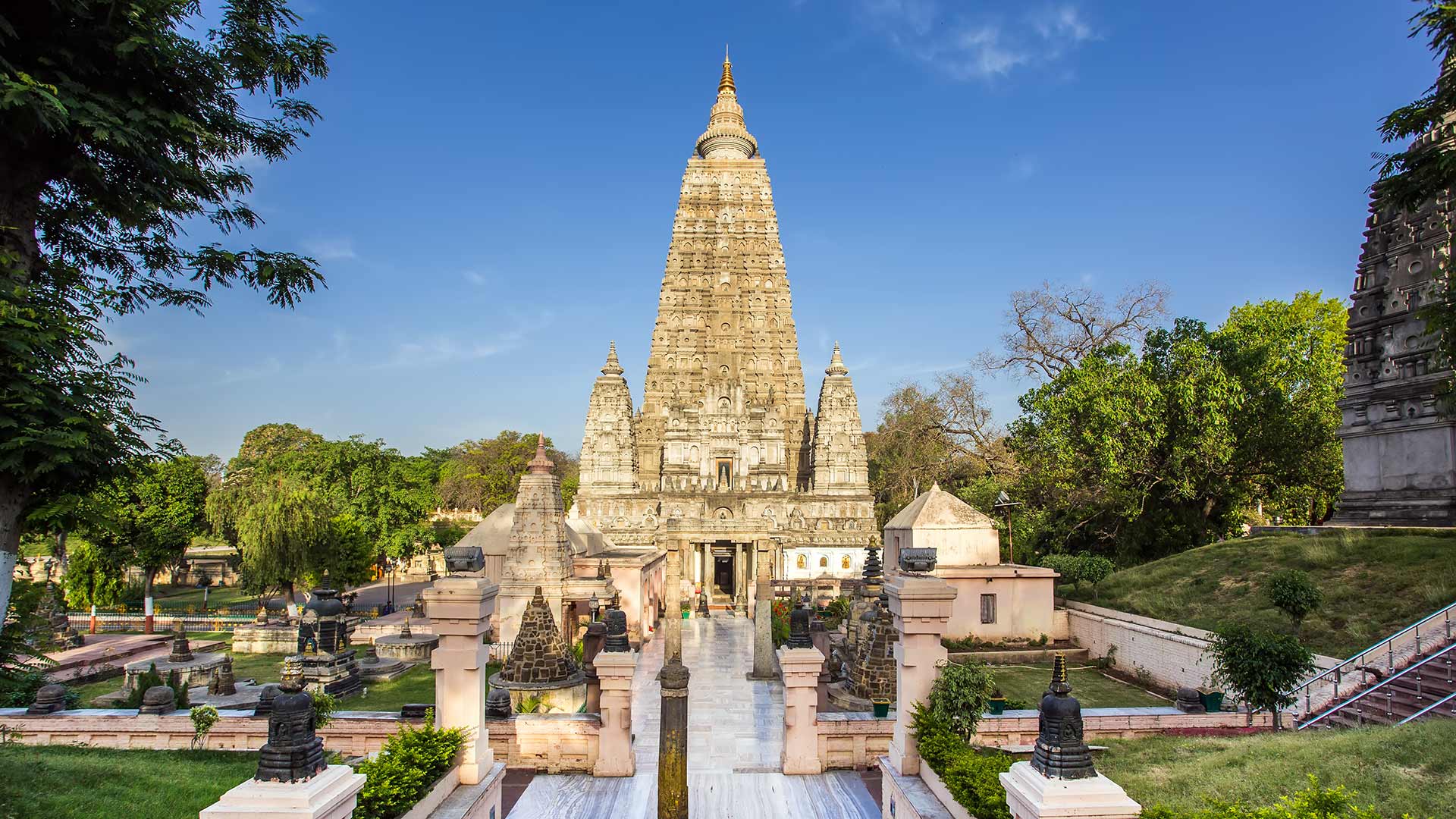
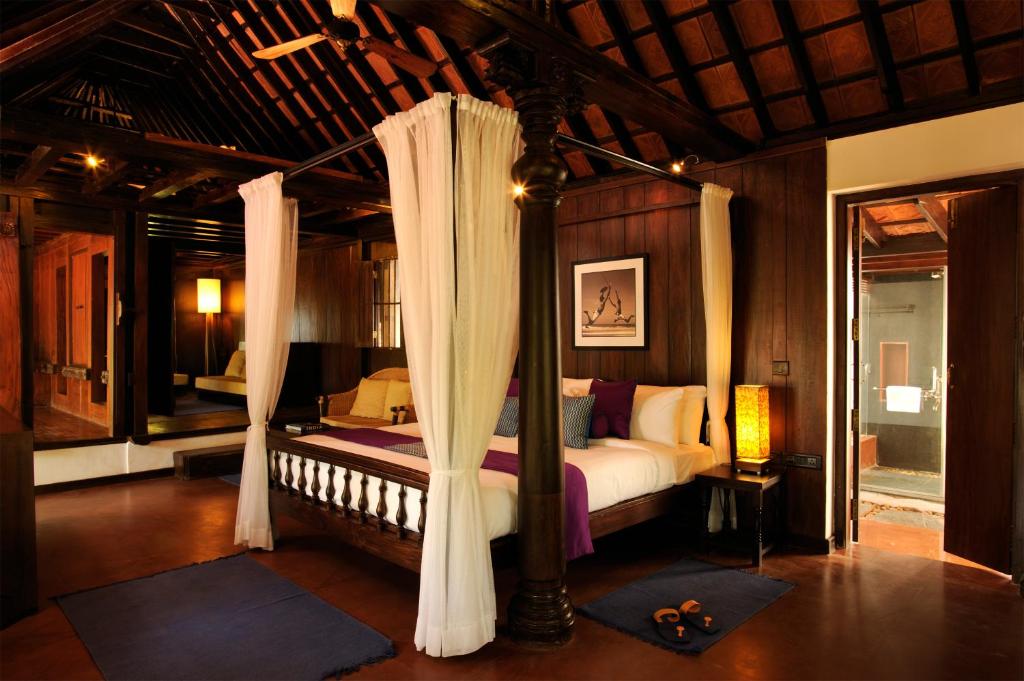
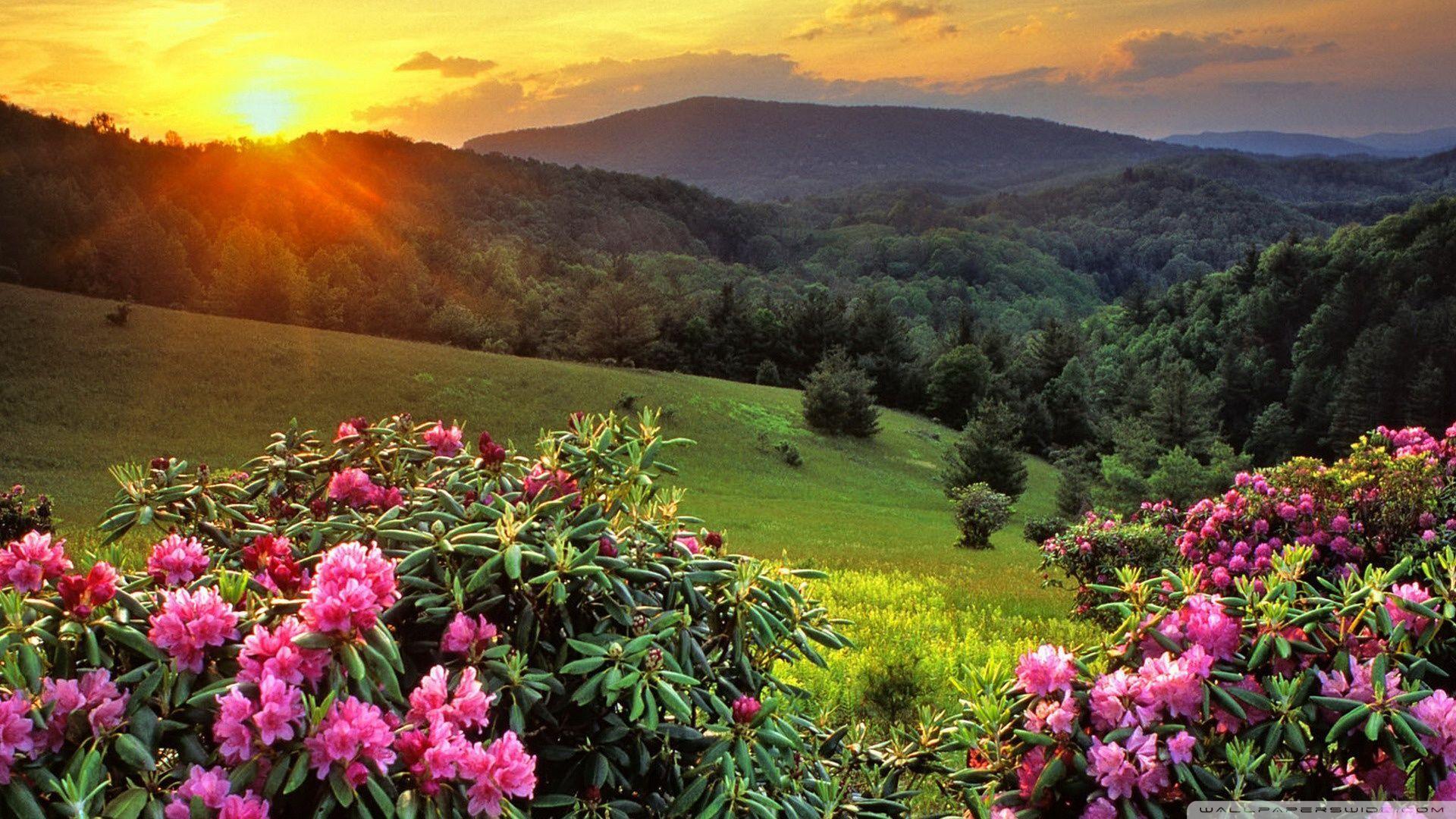
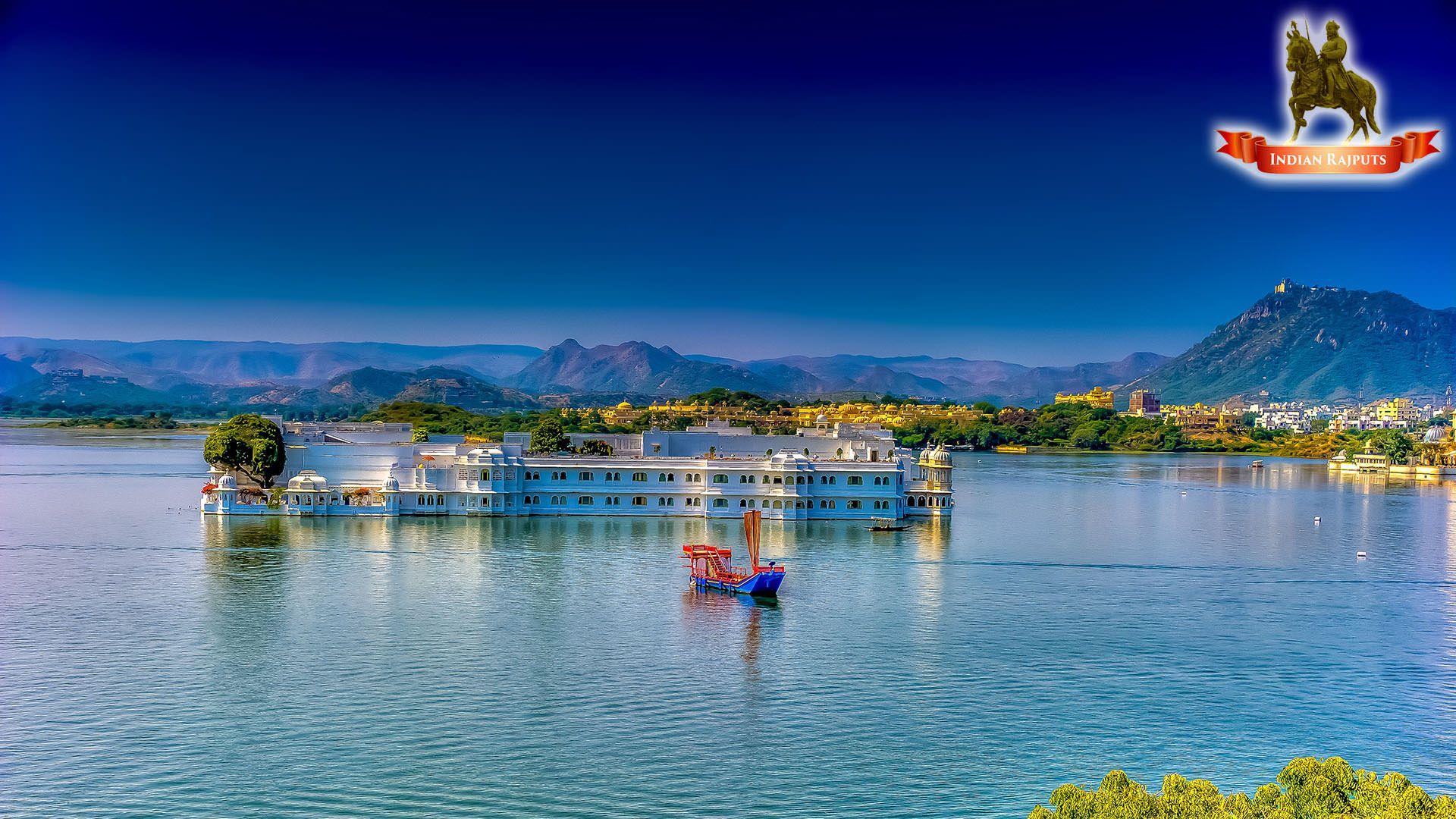
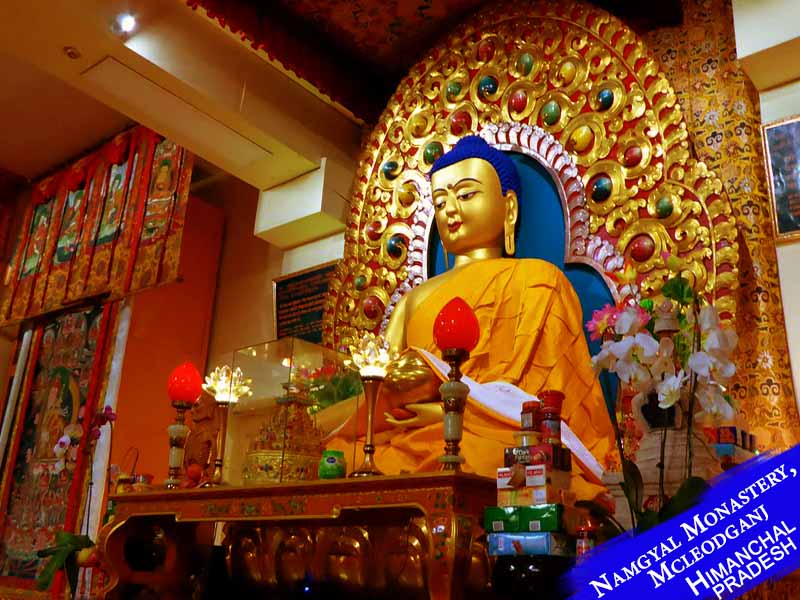
.jpg)
